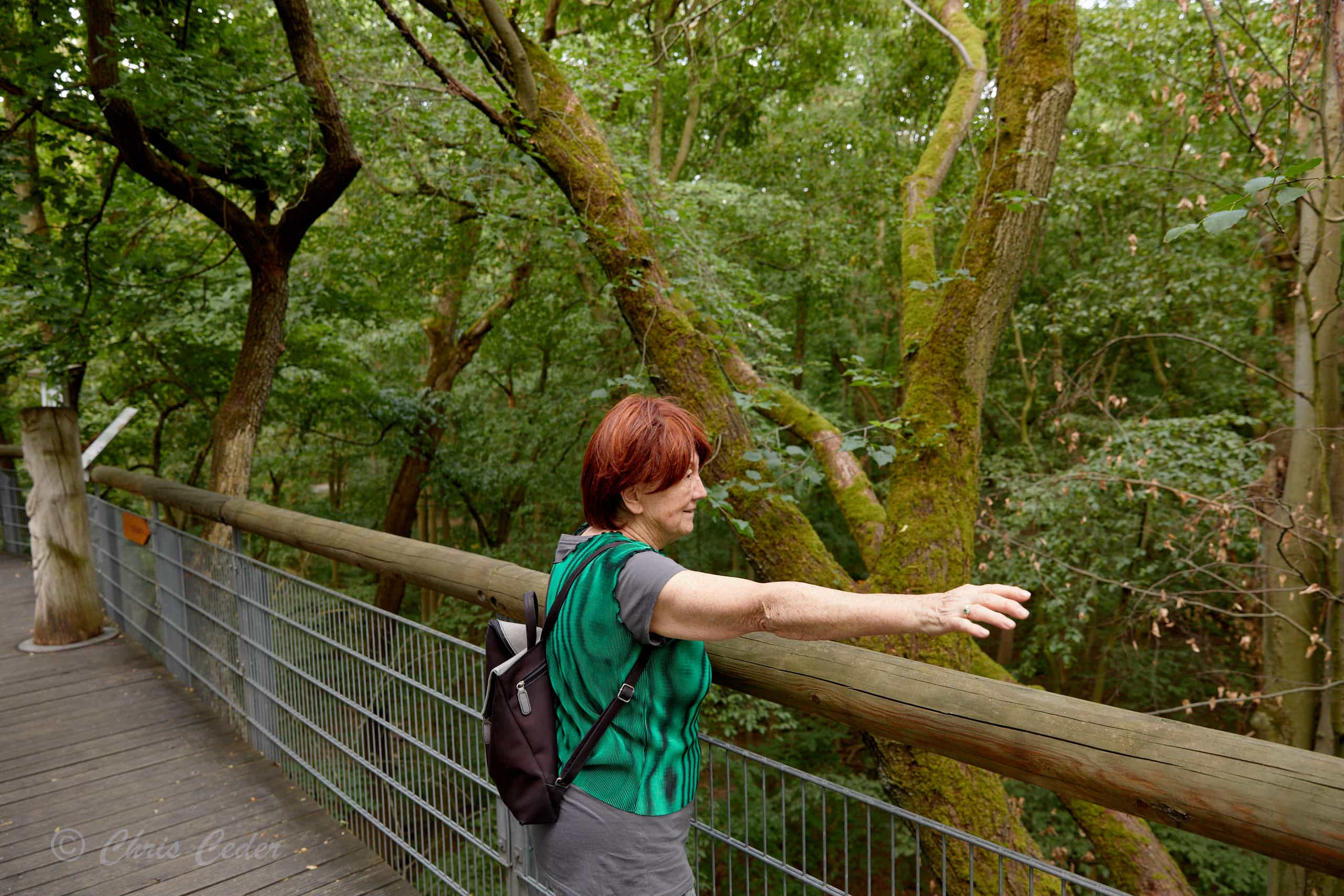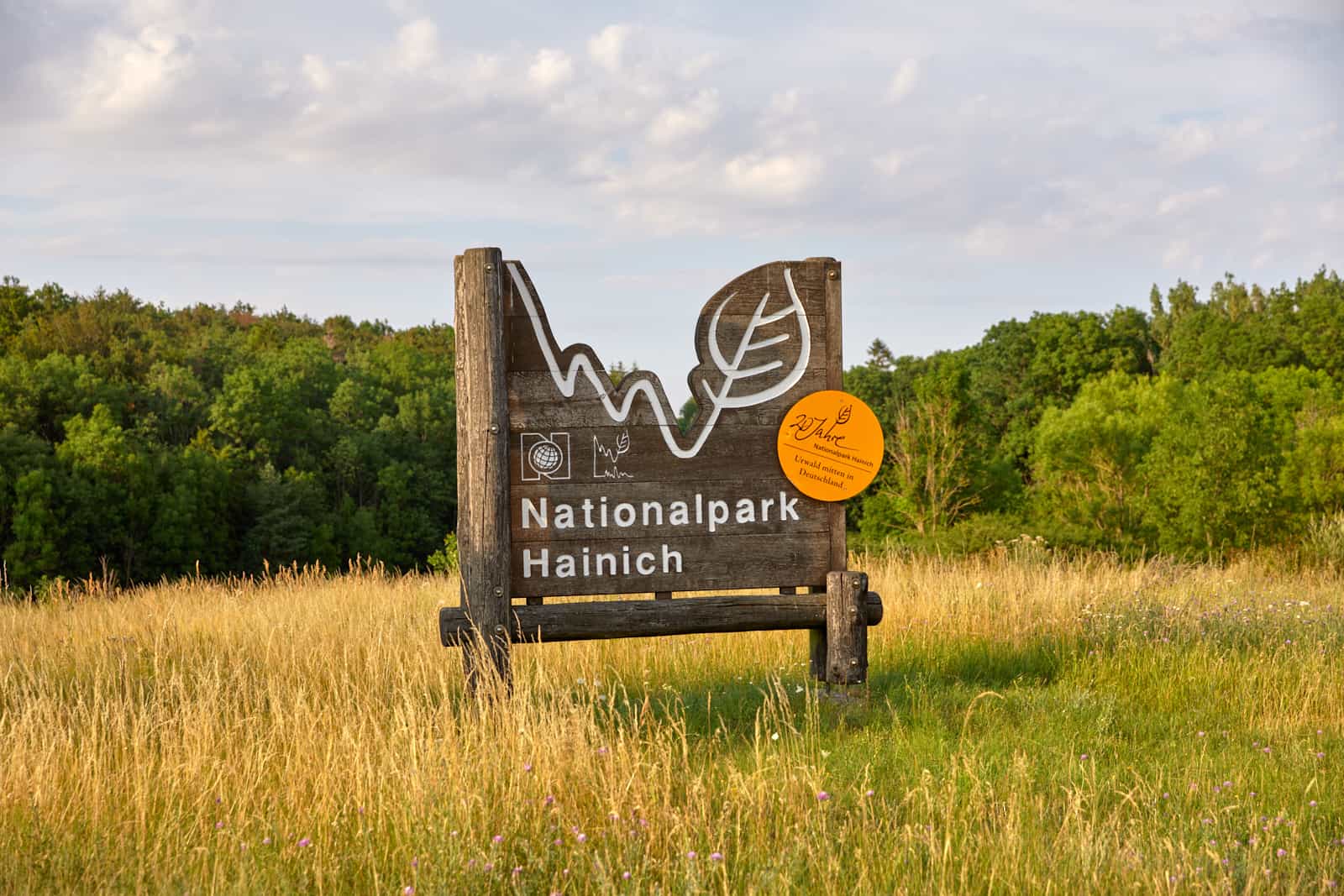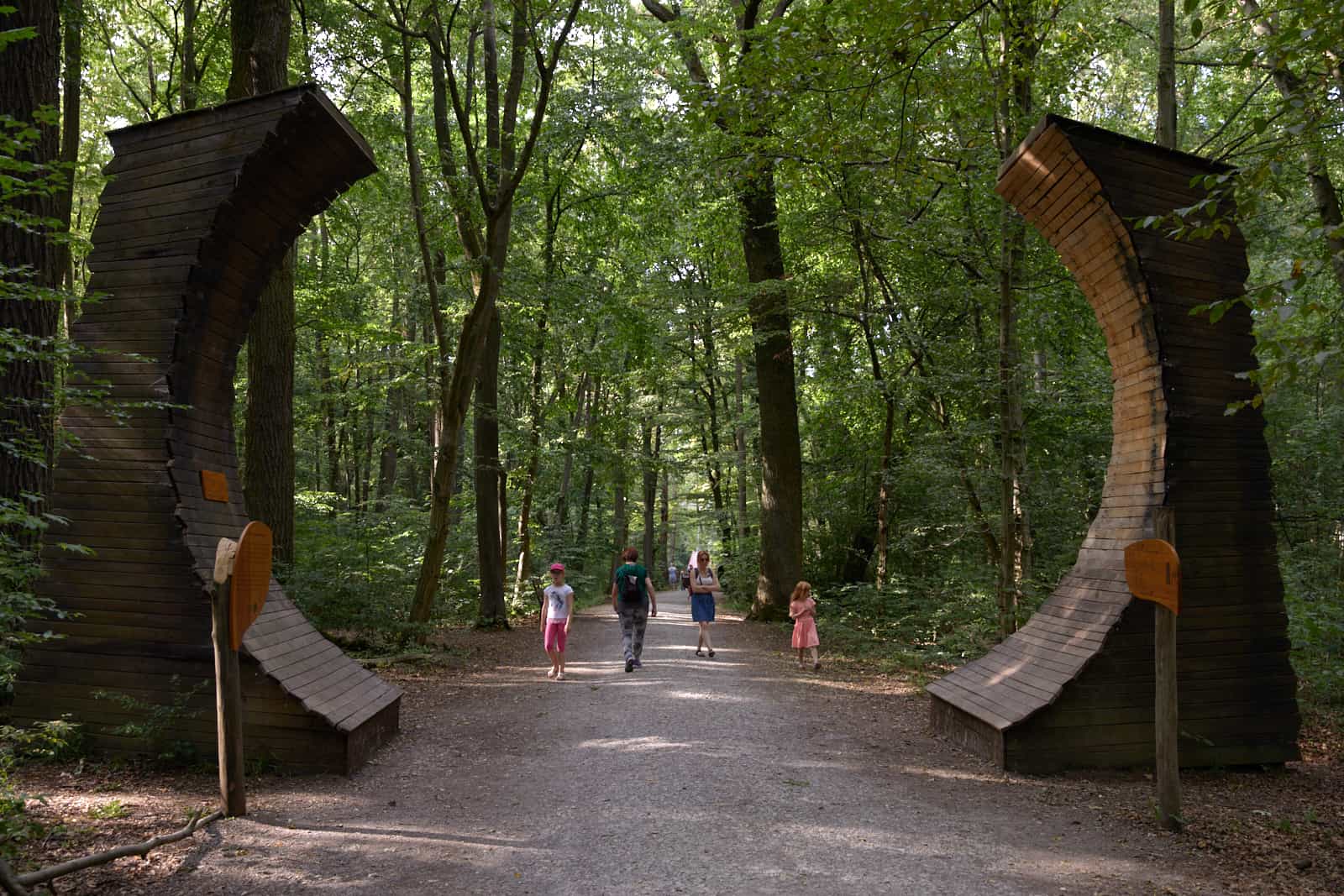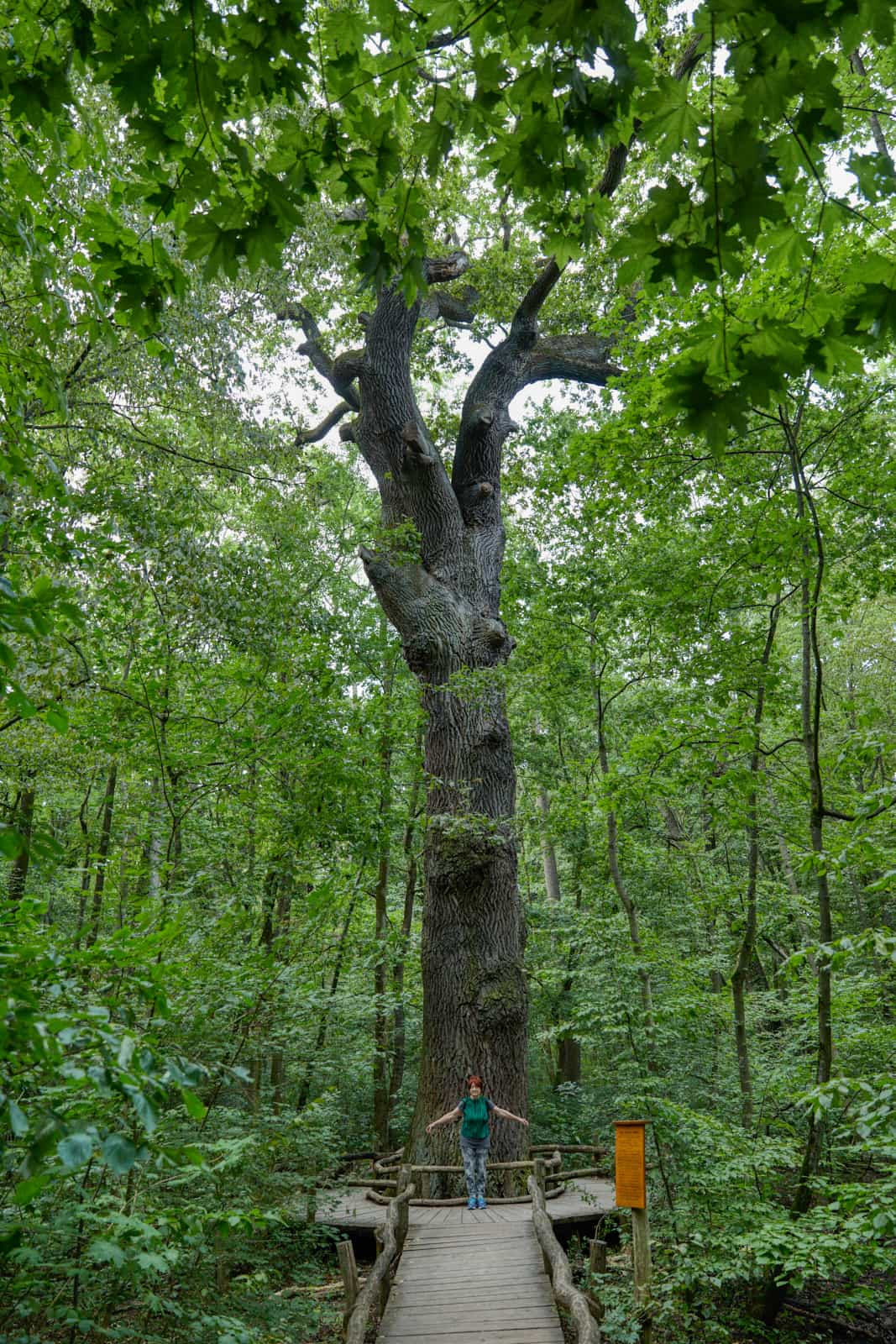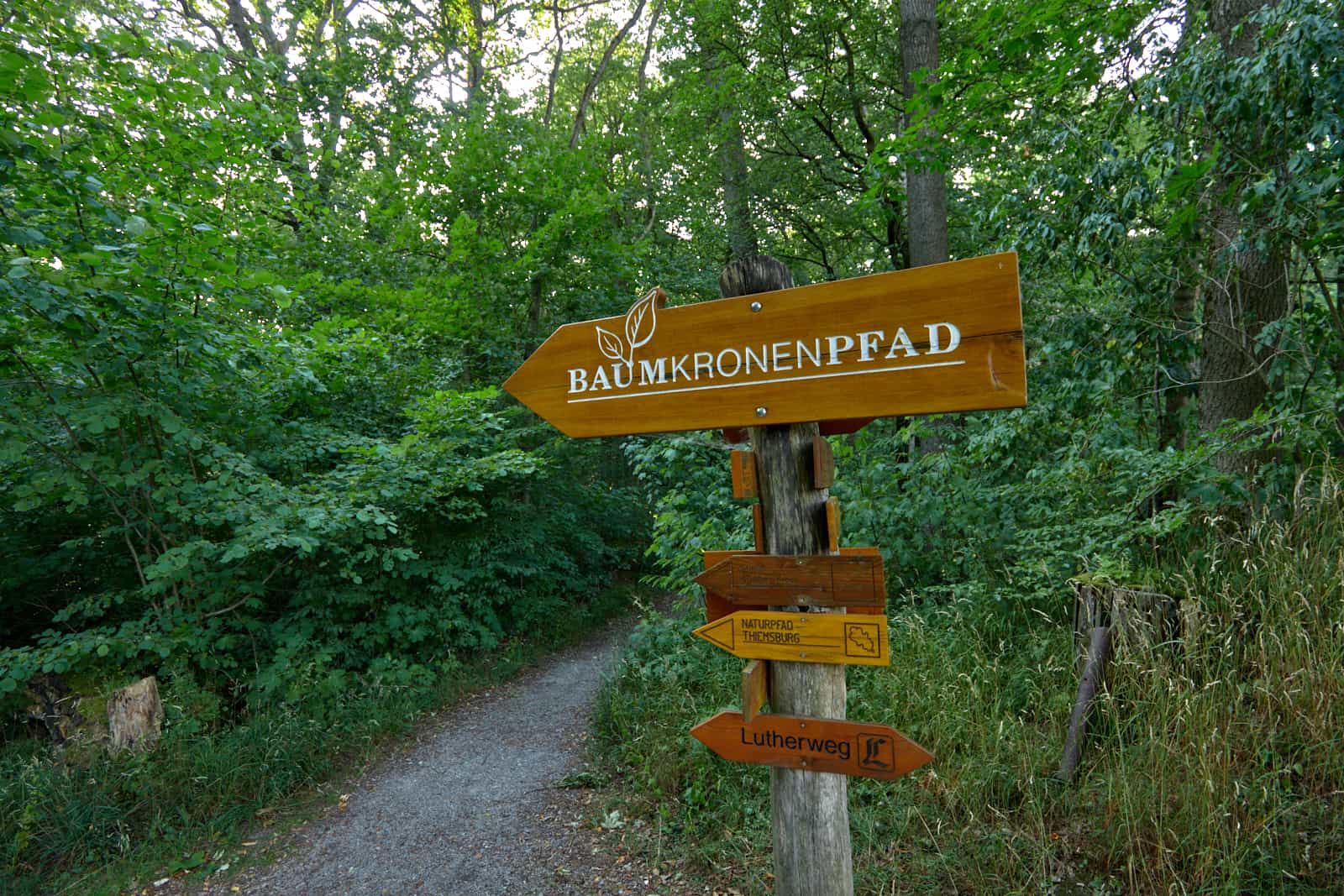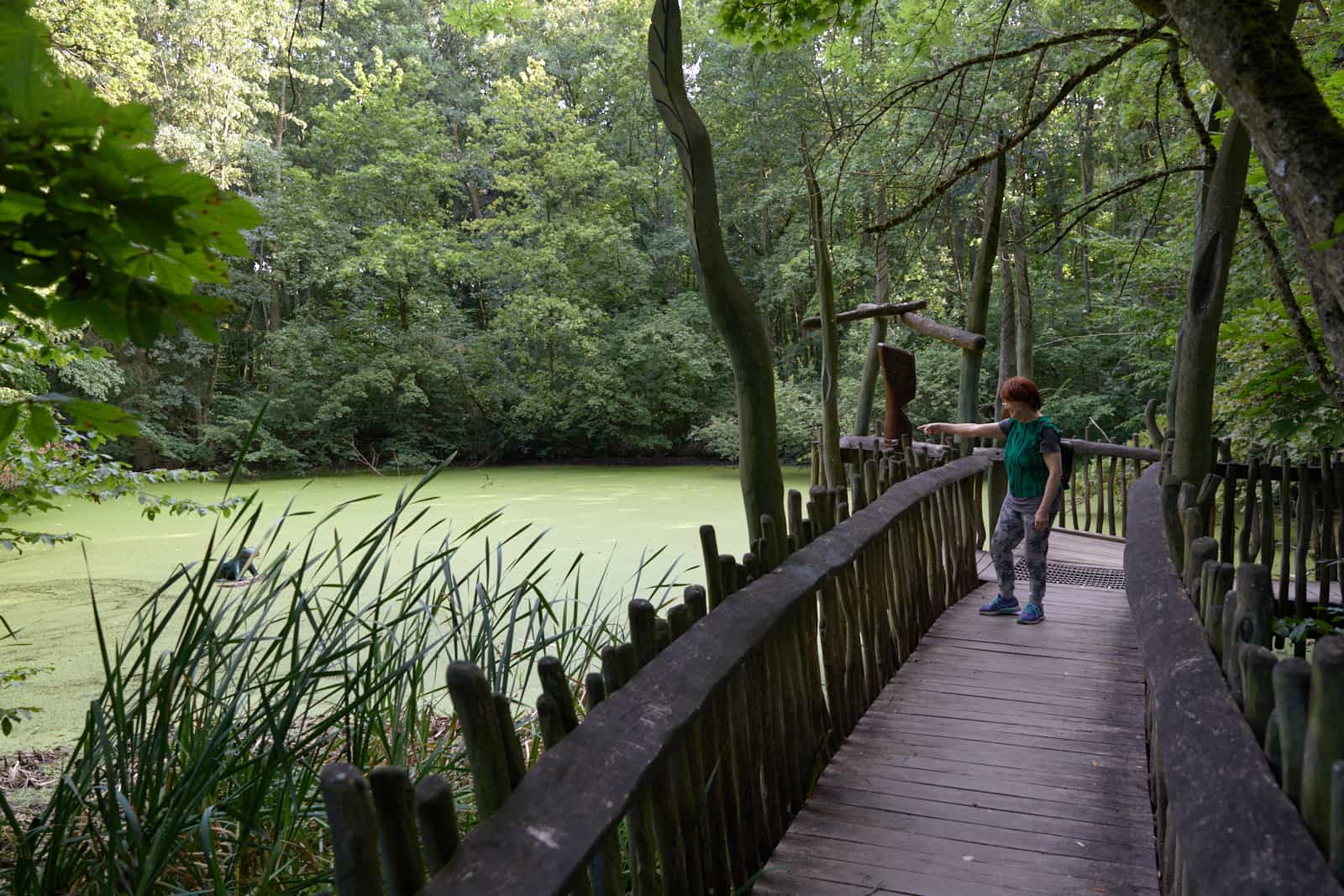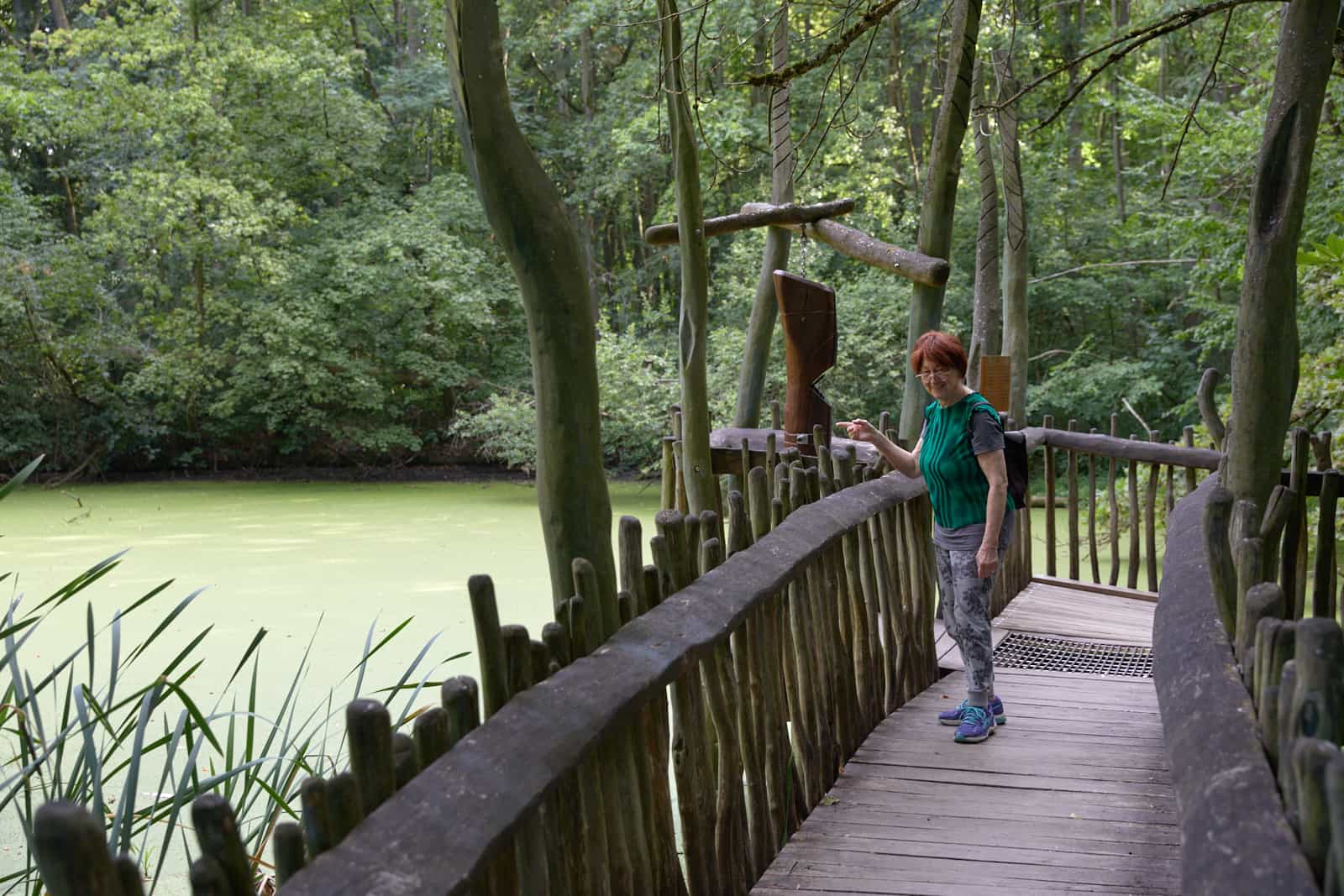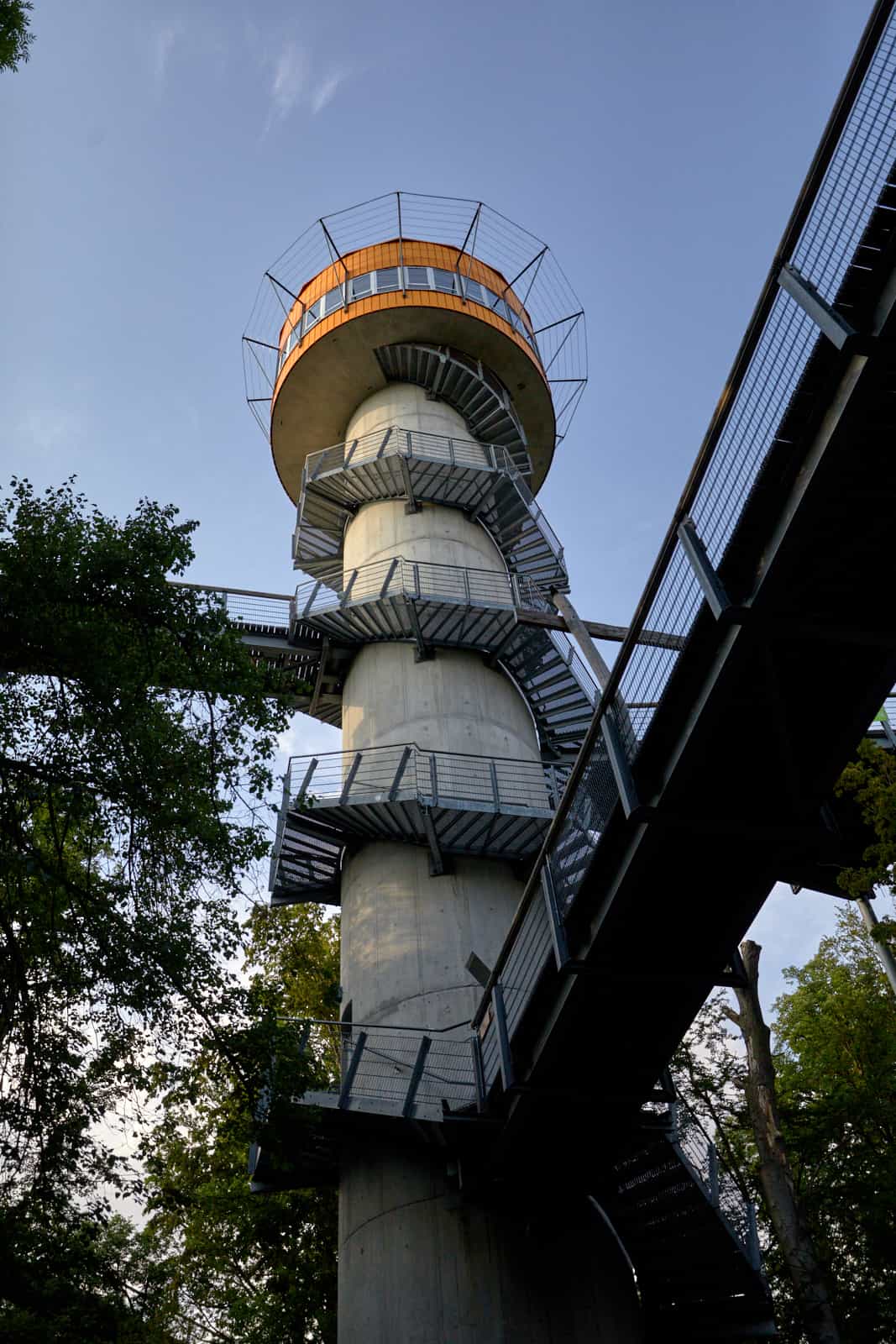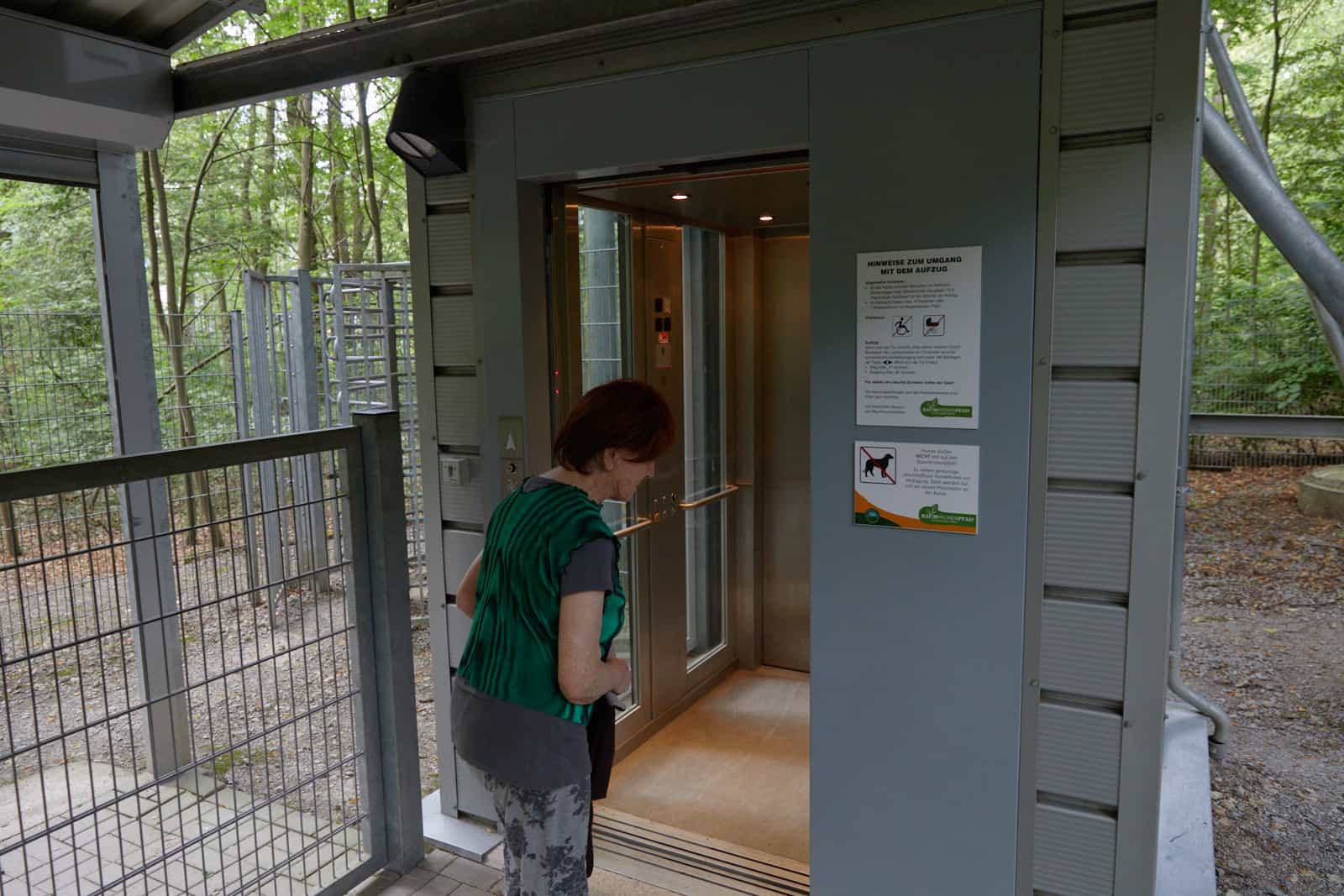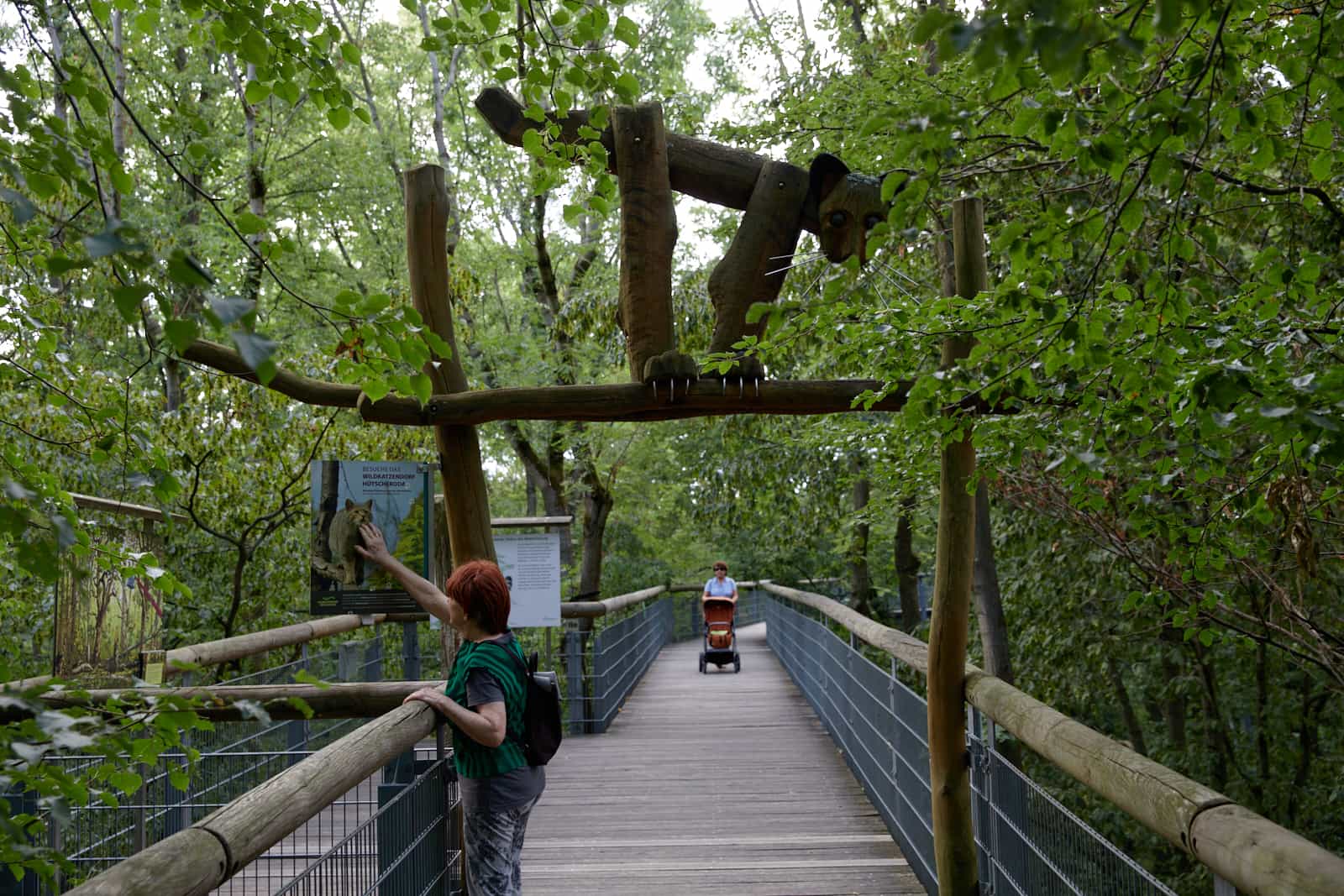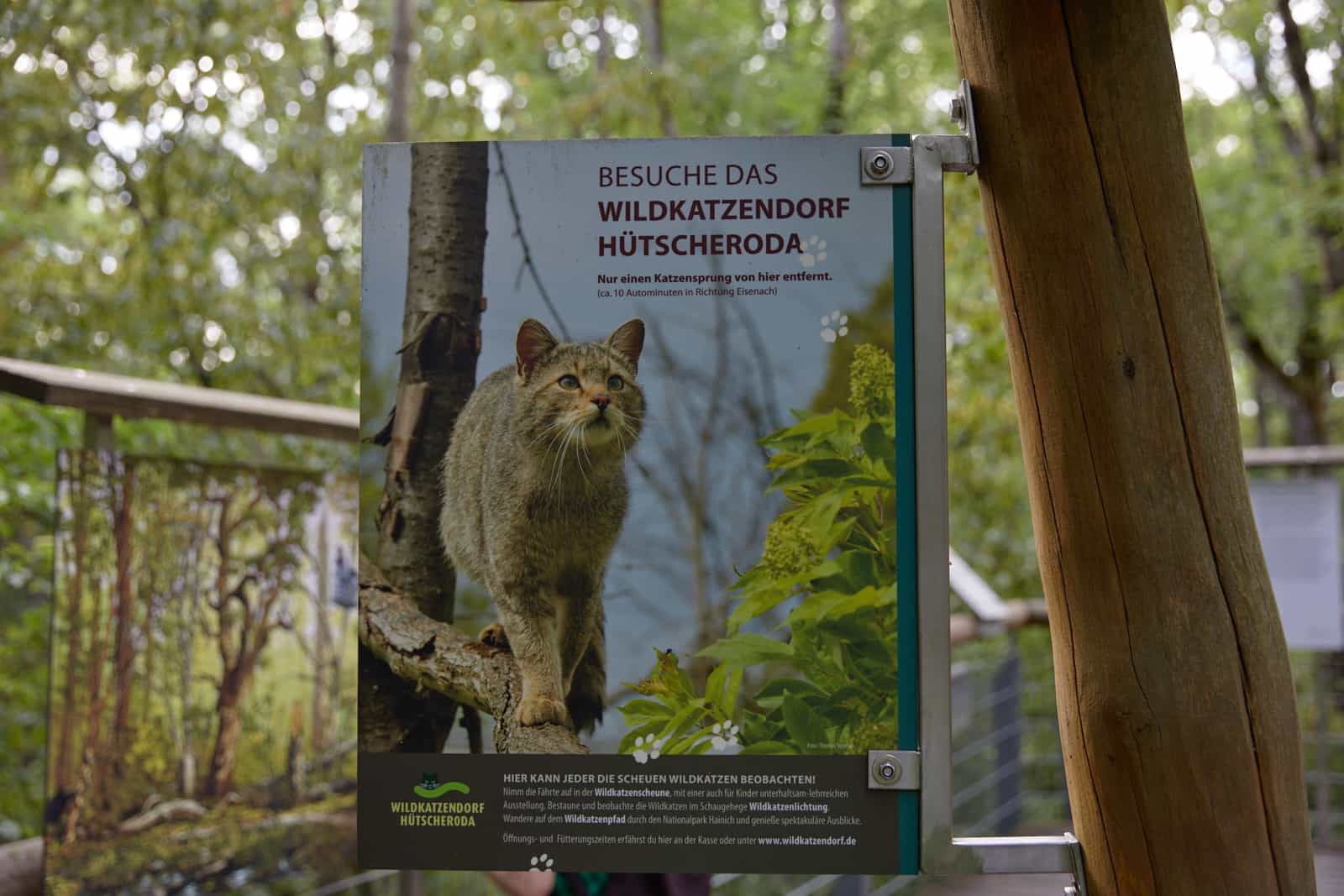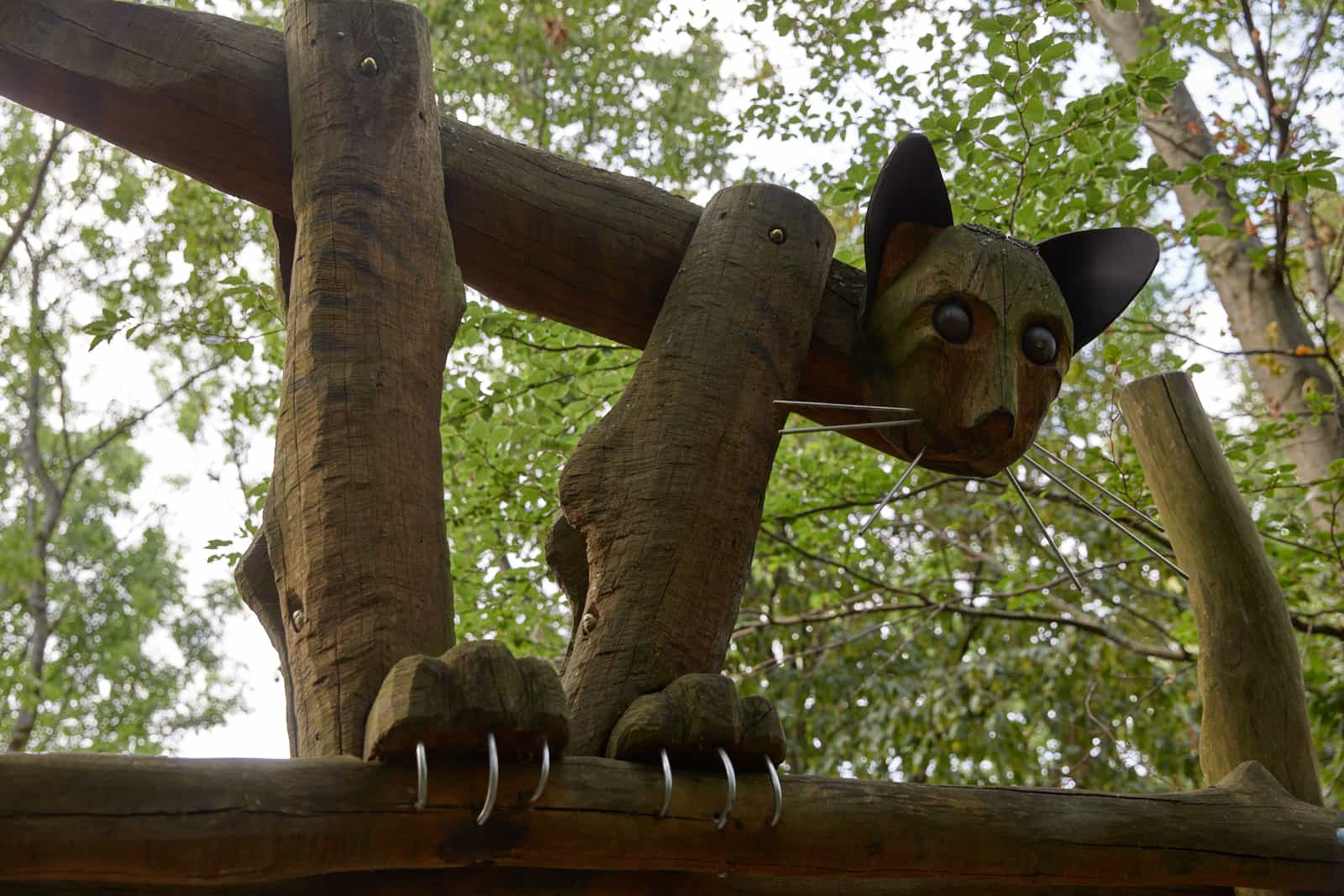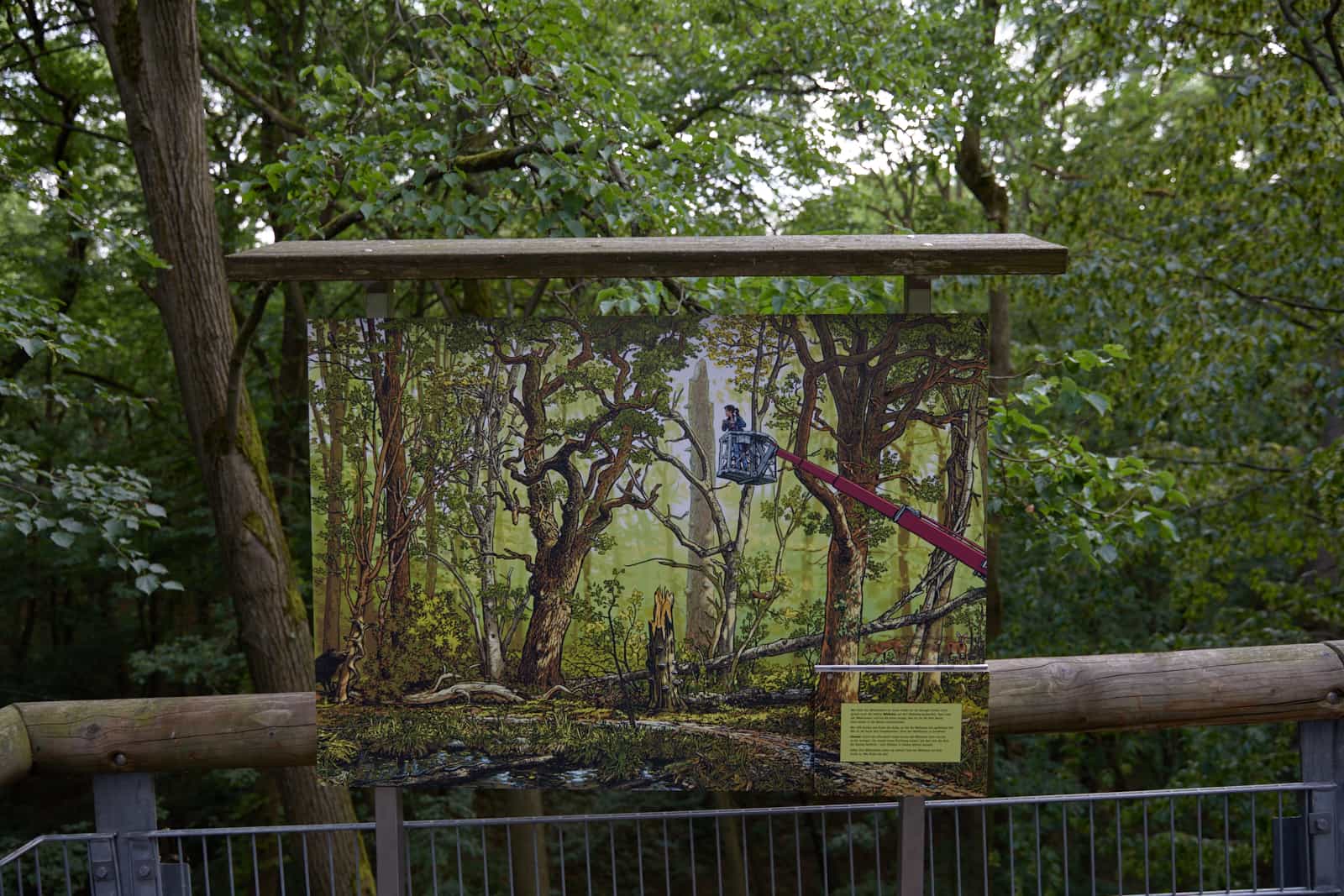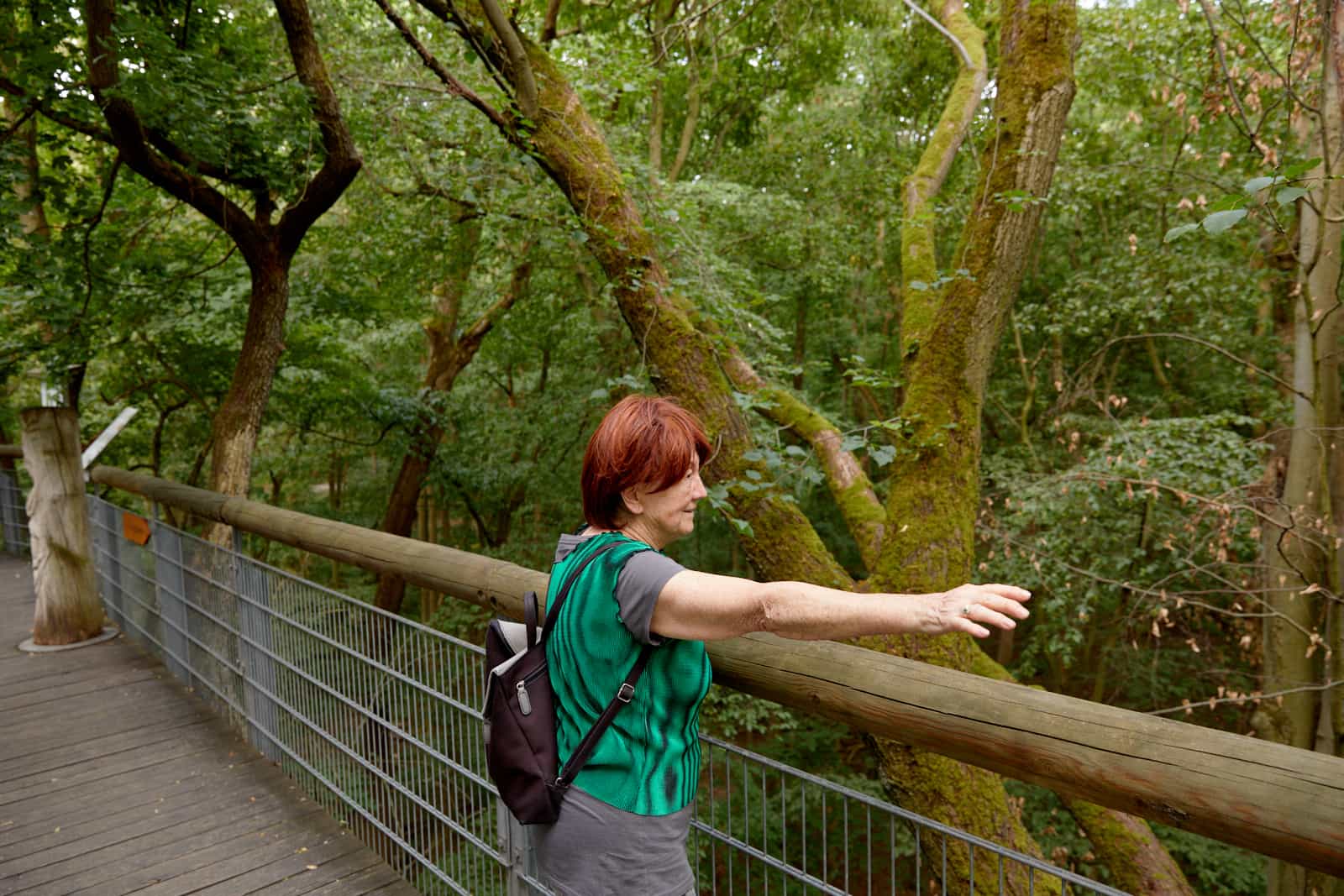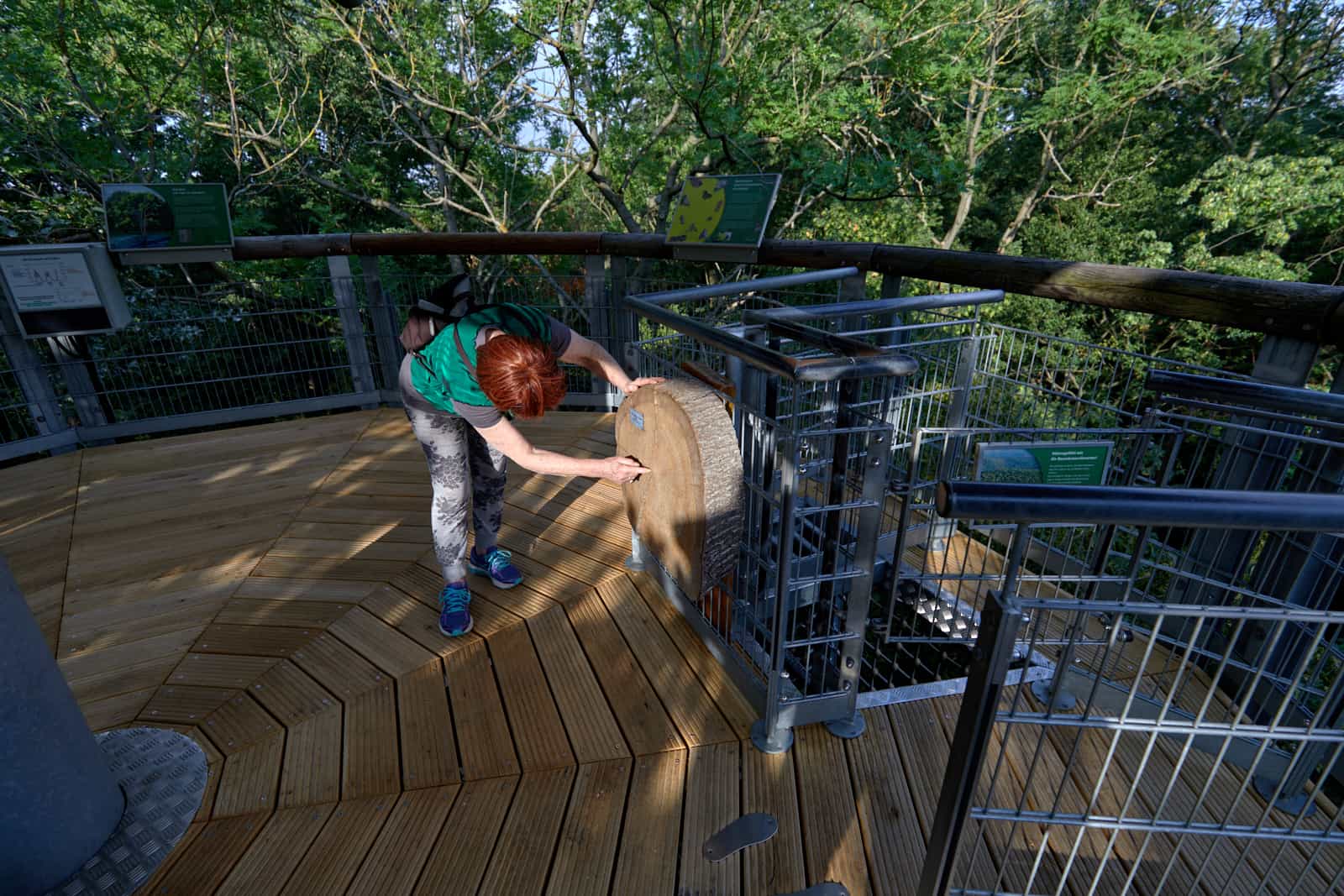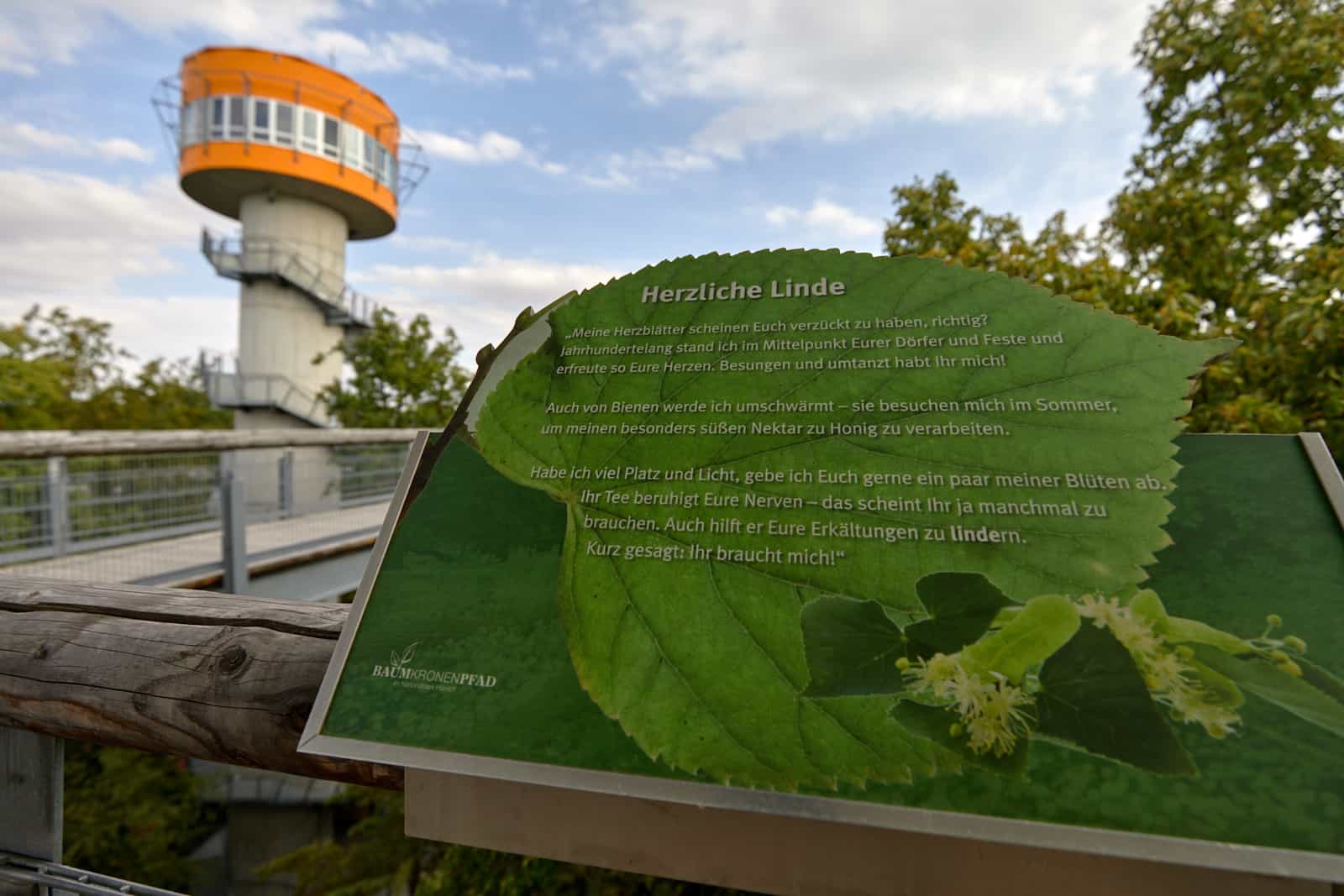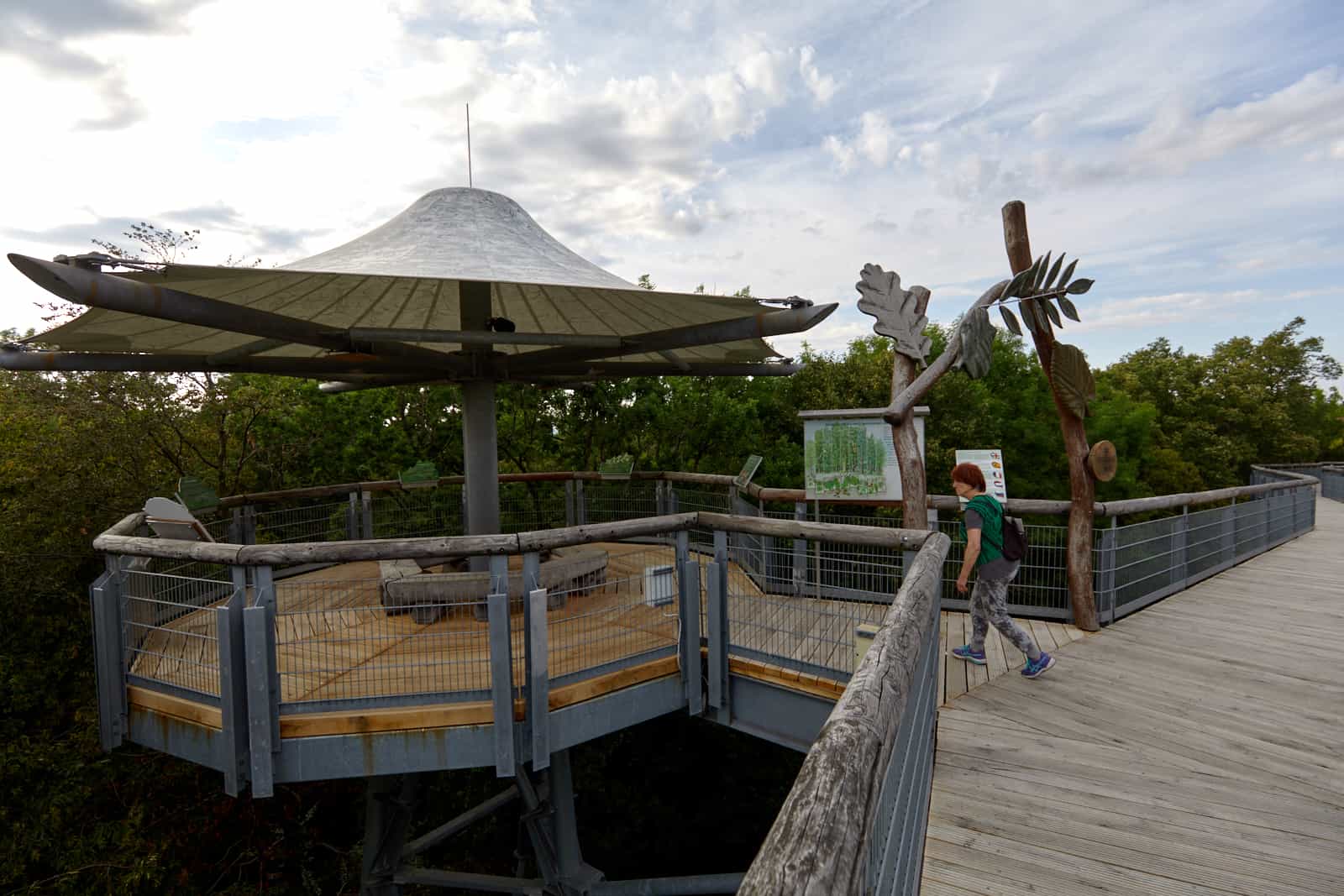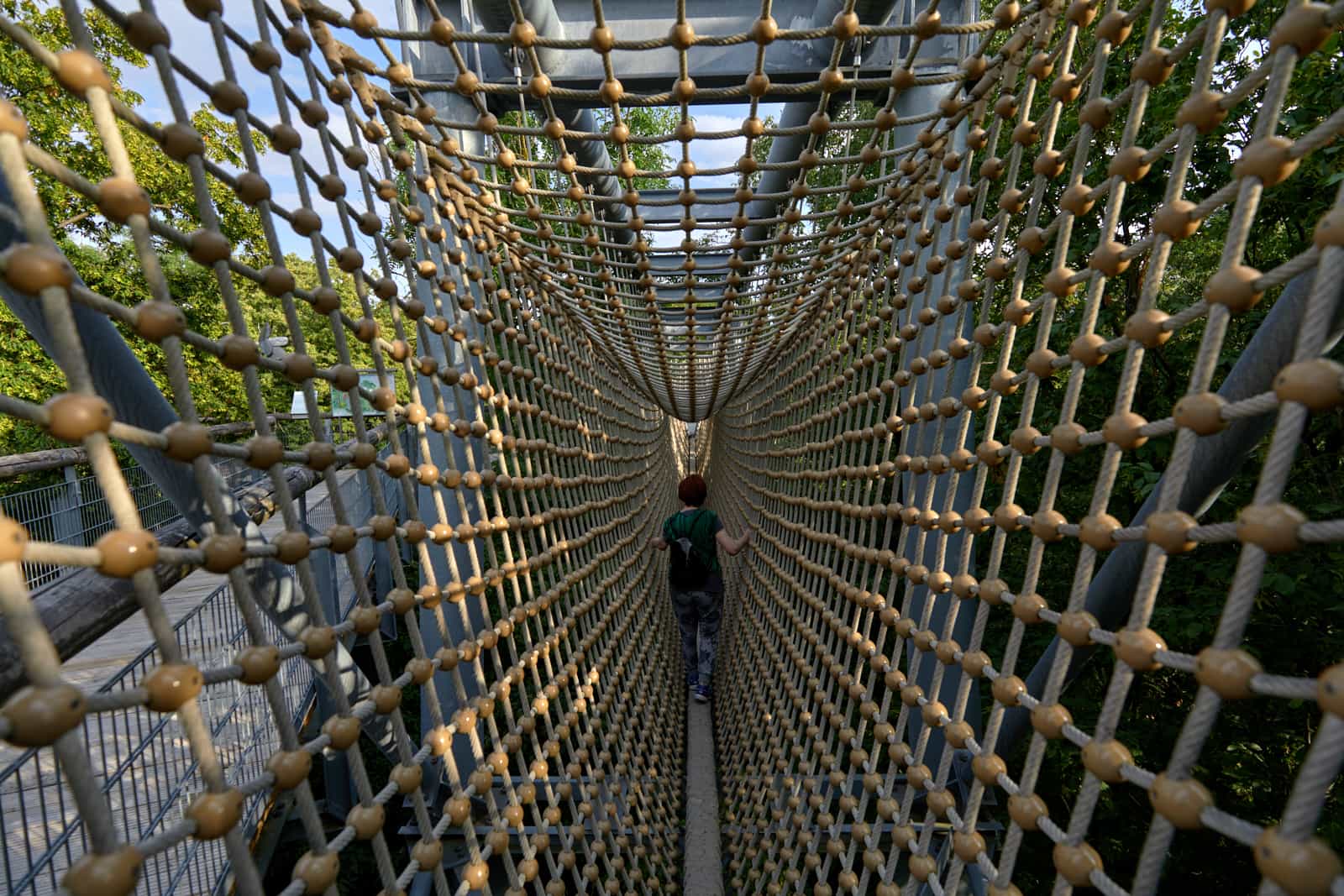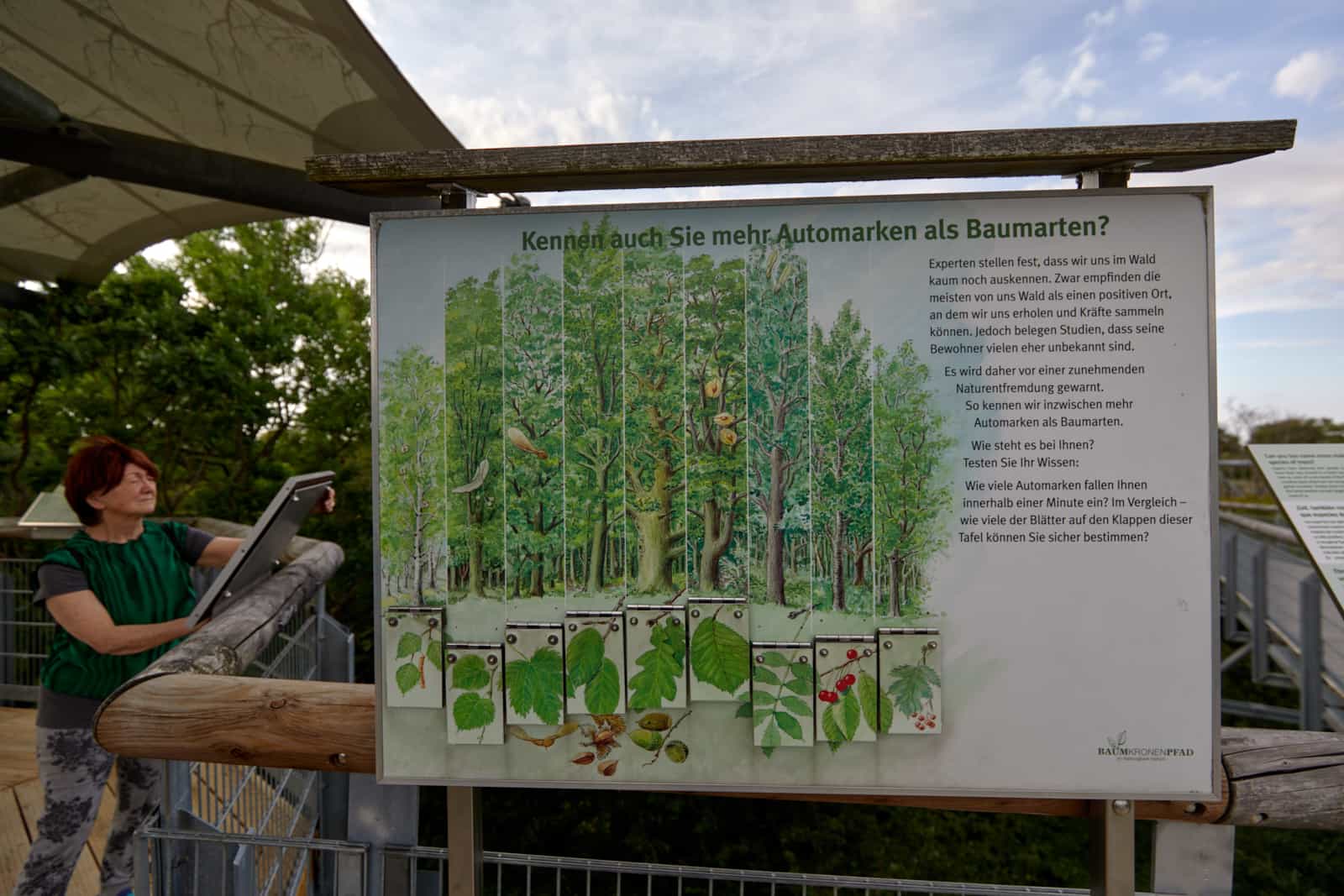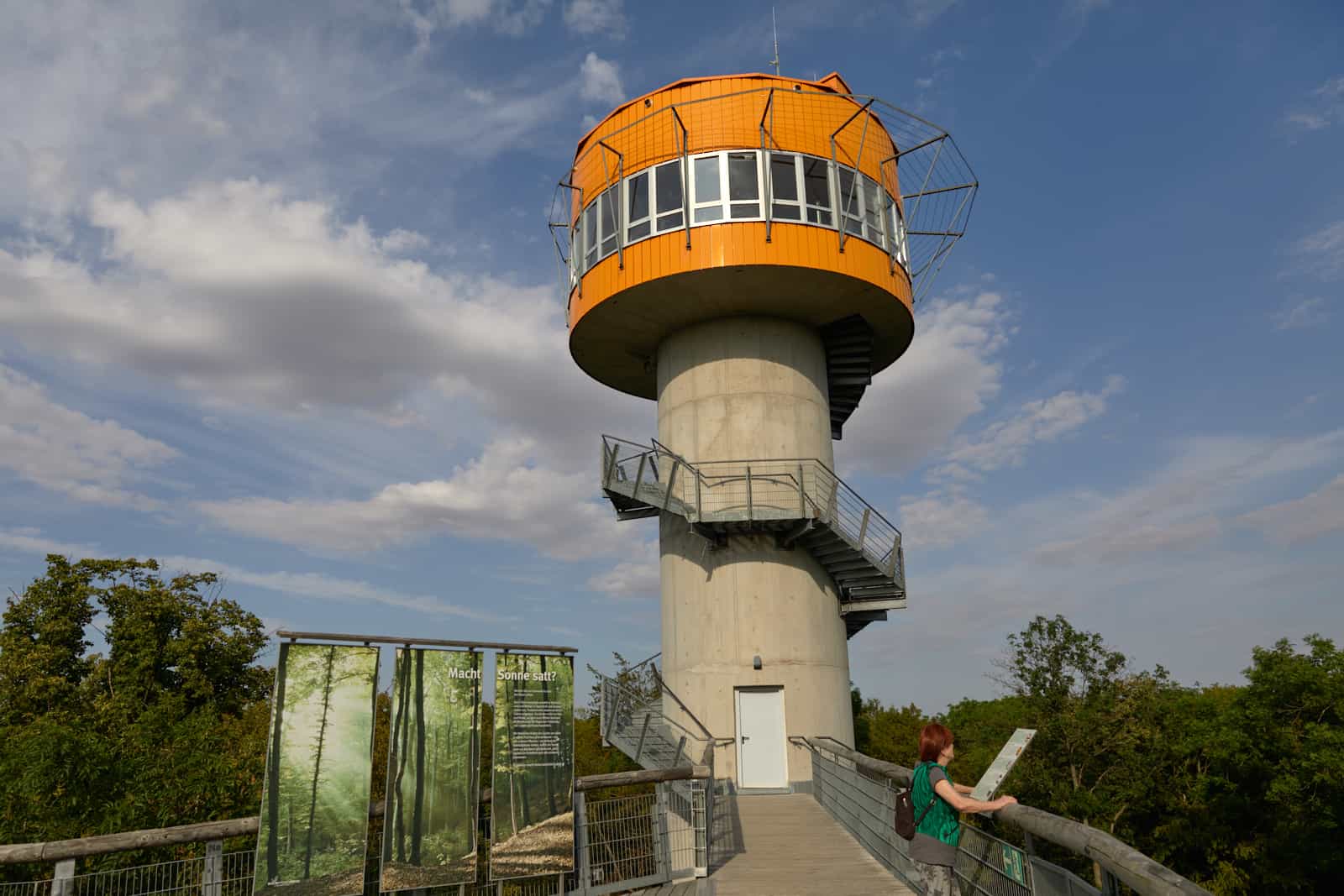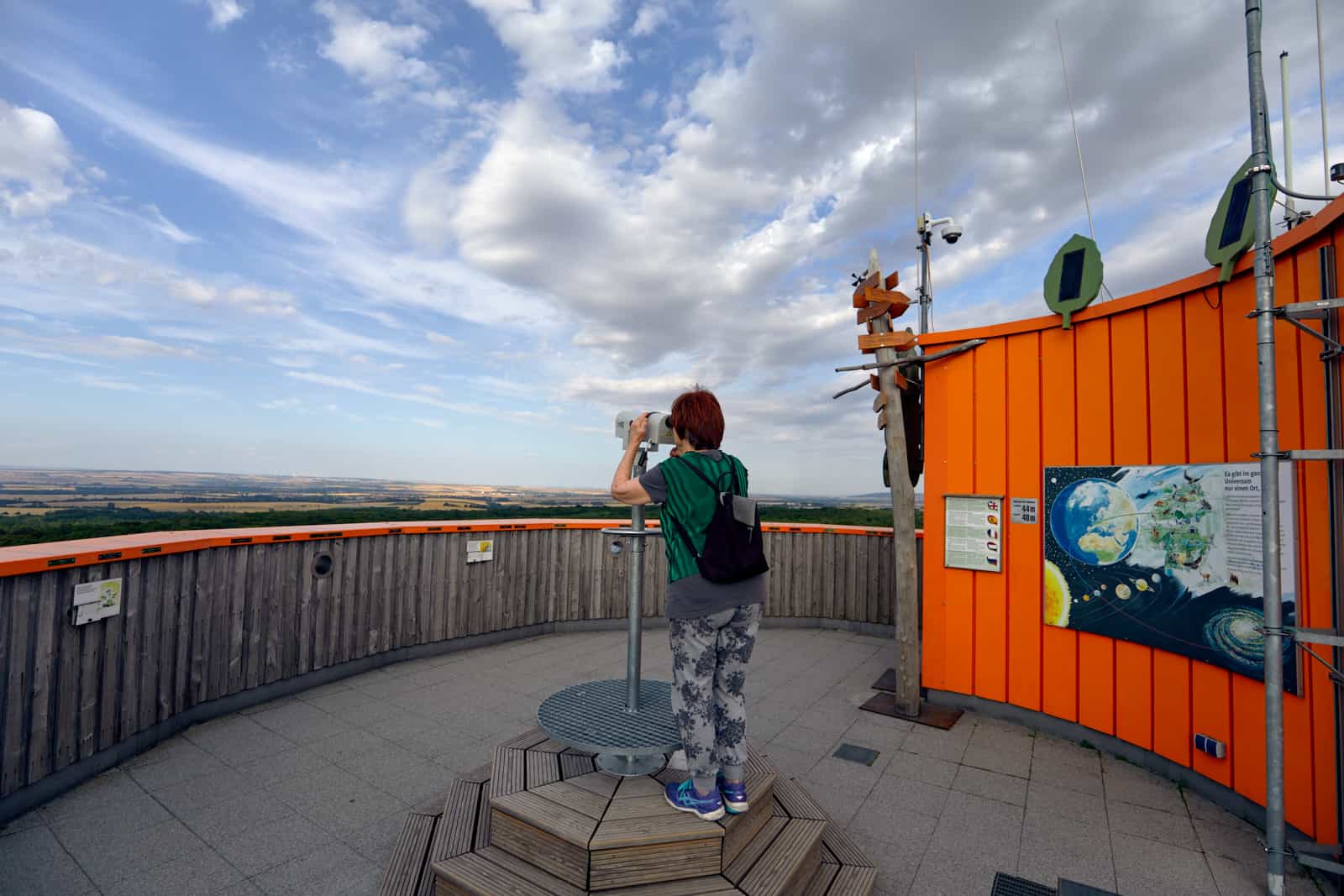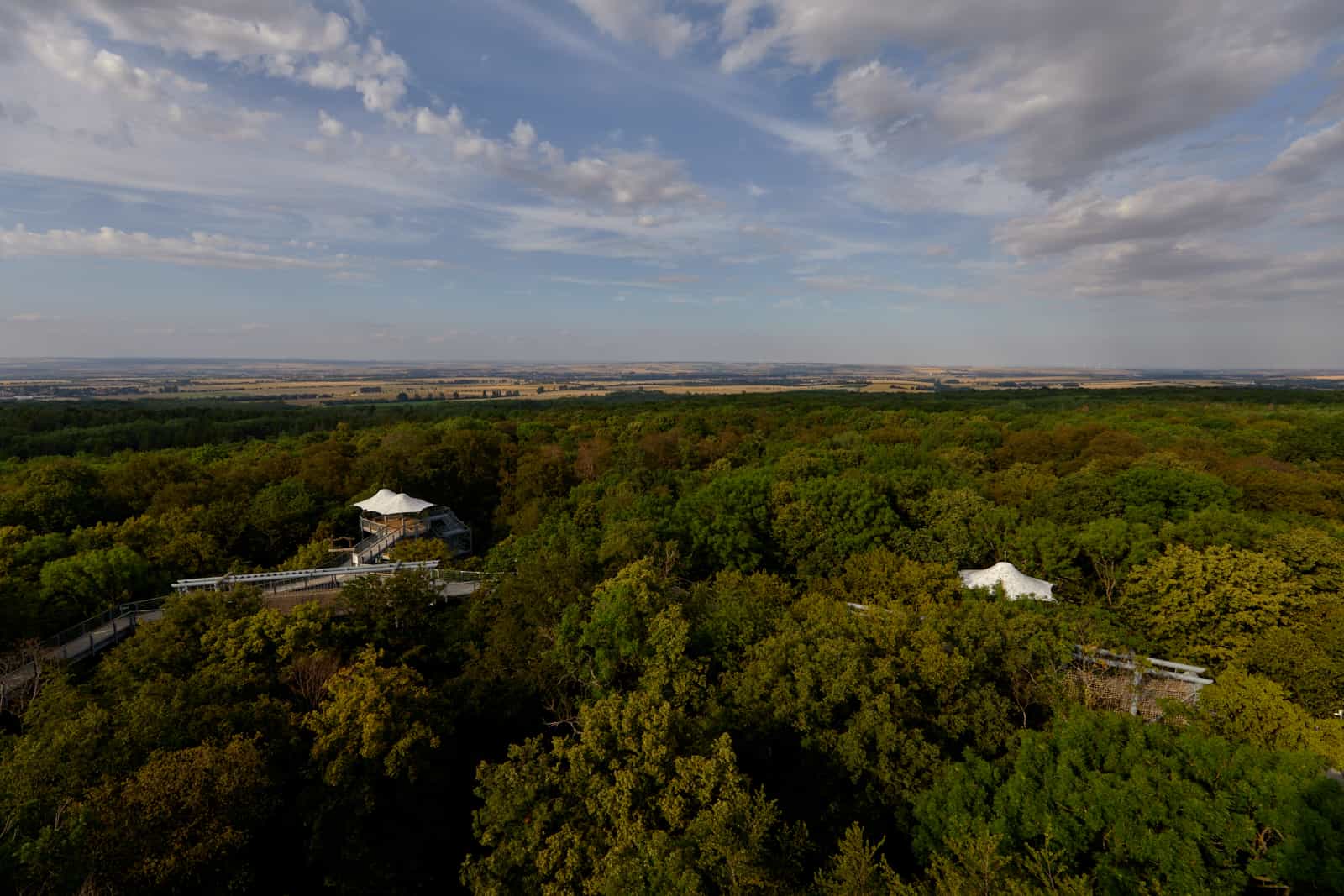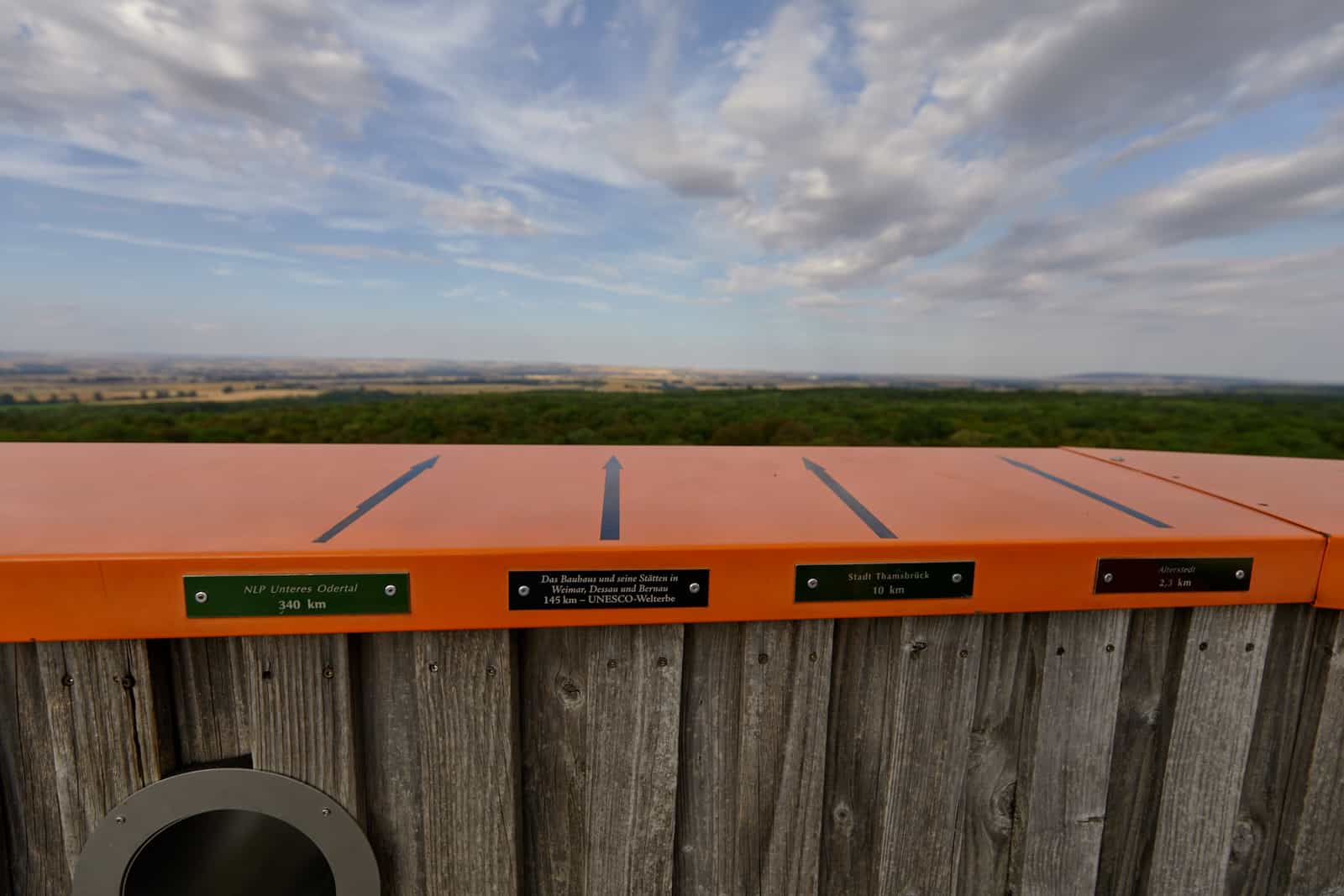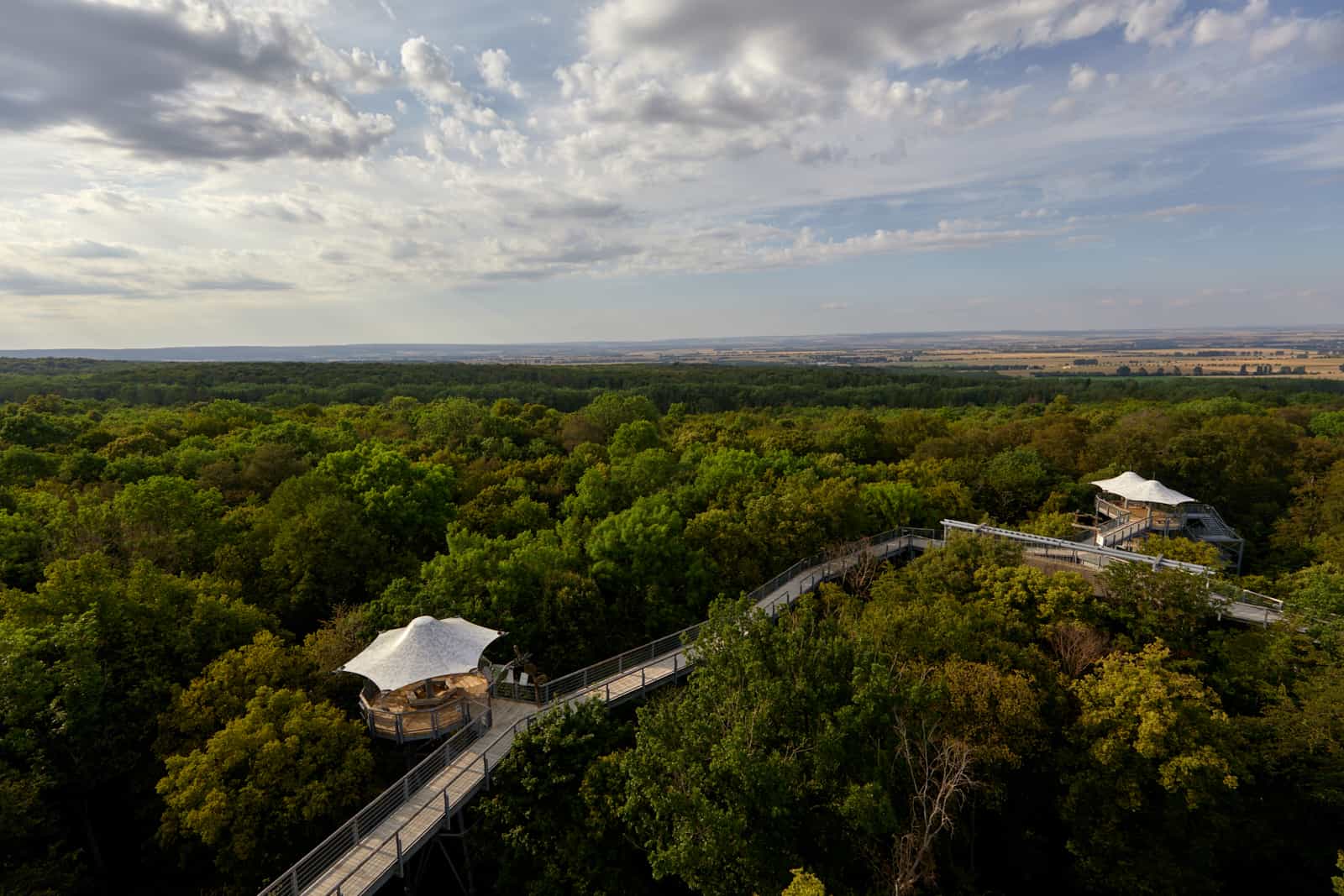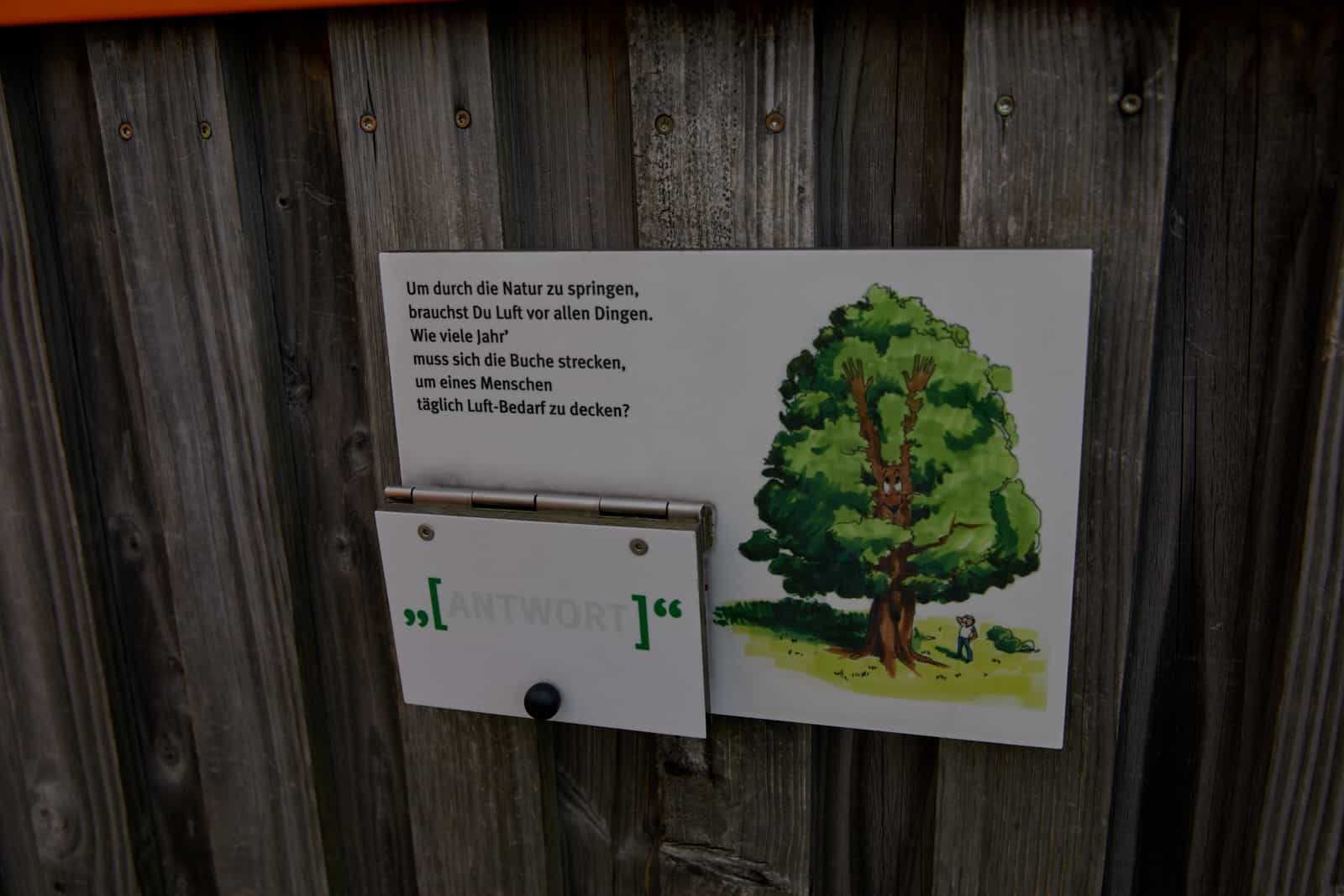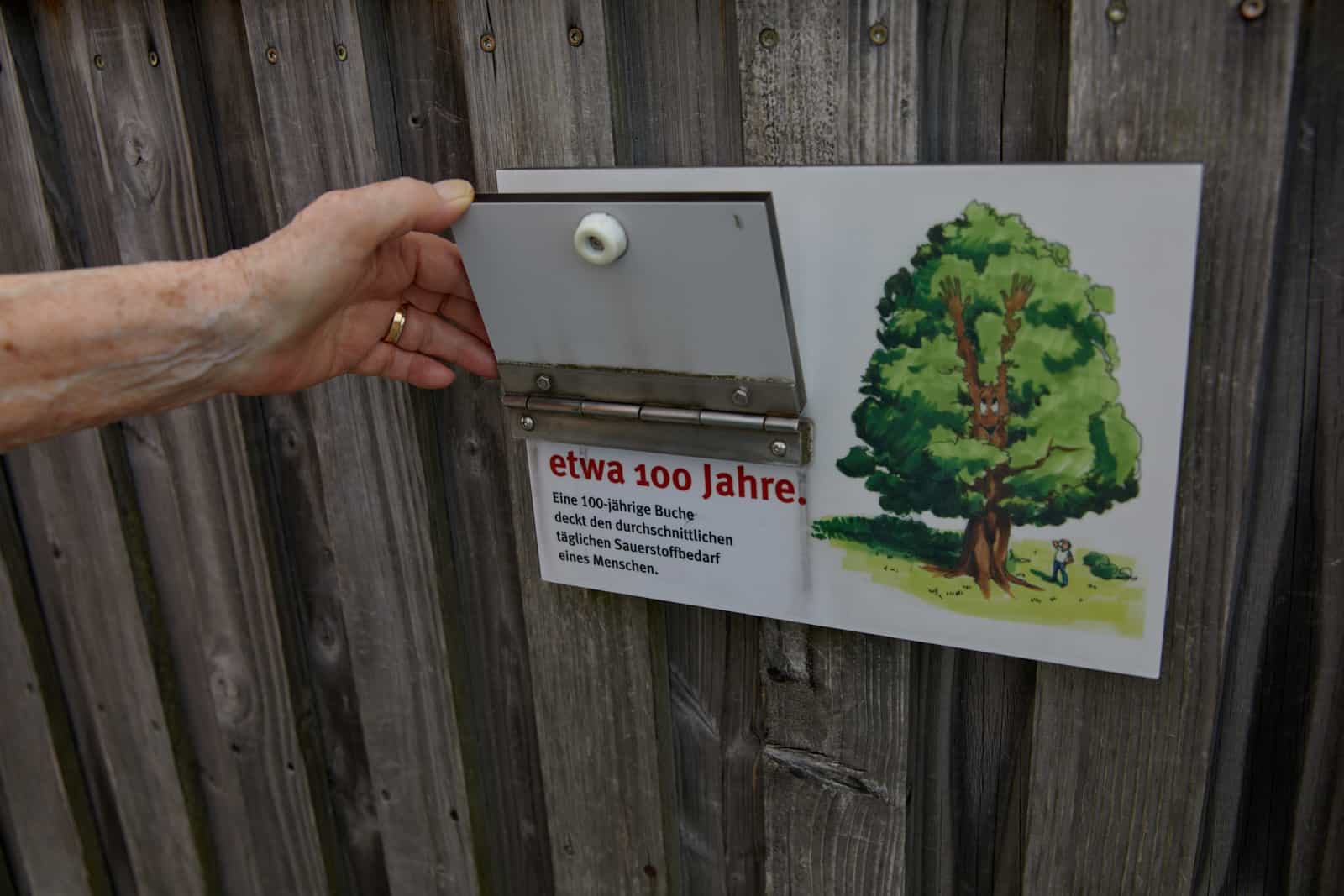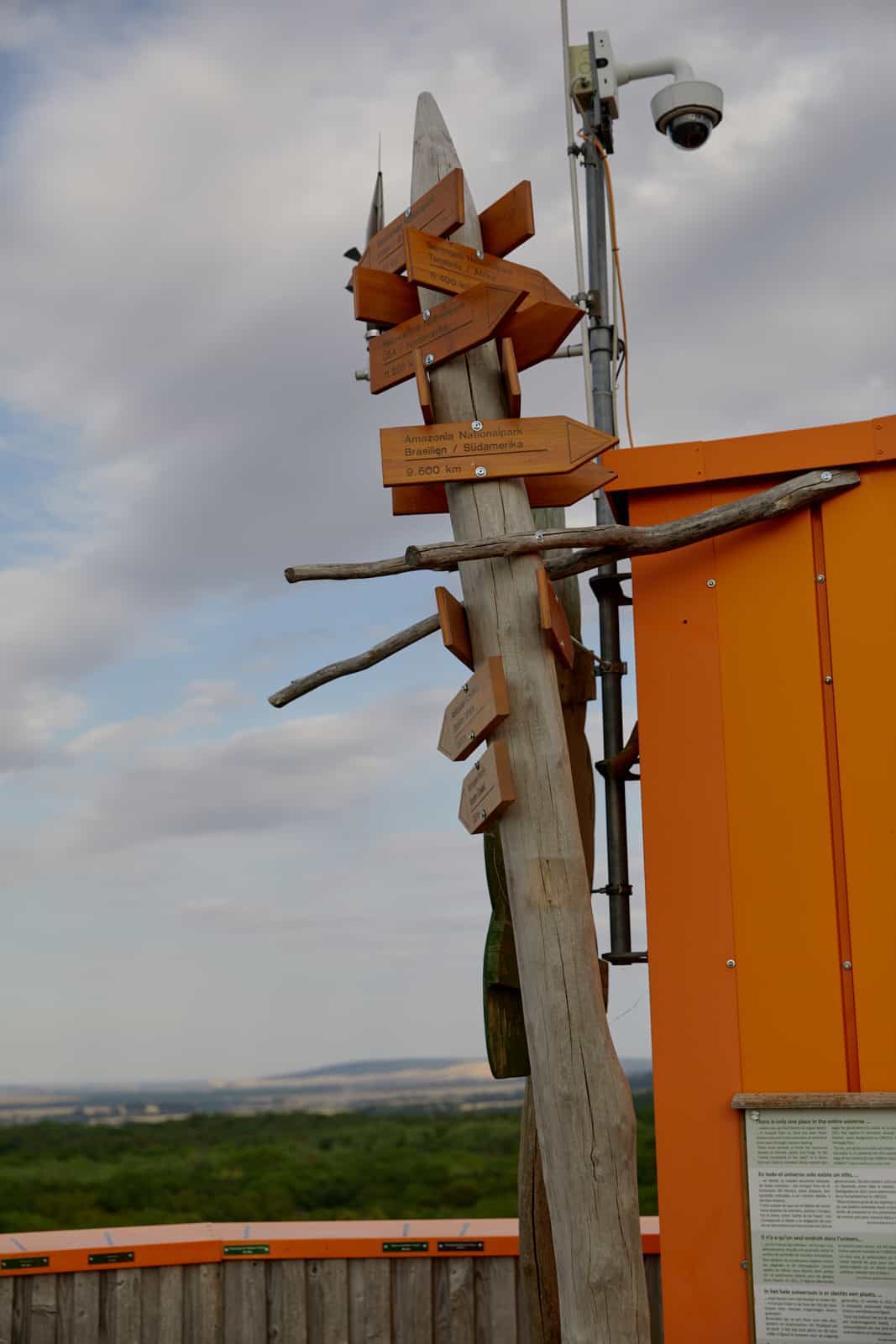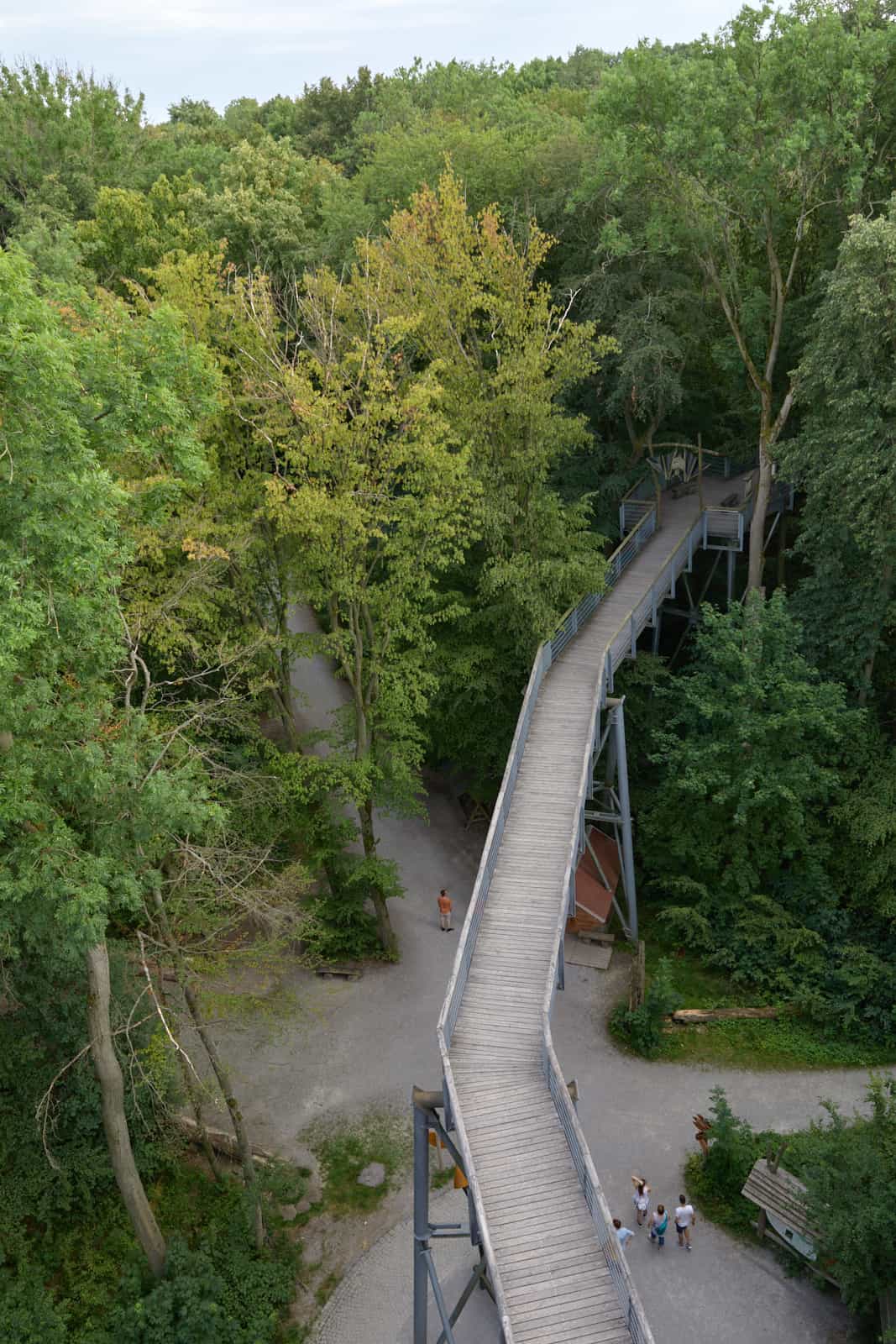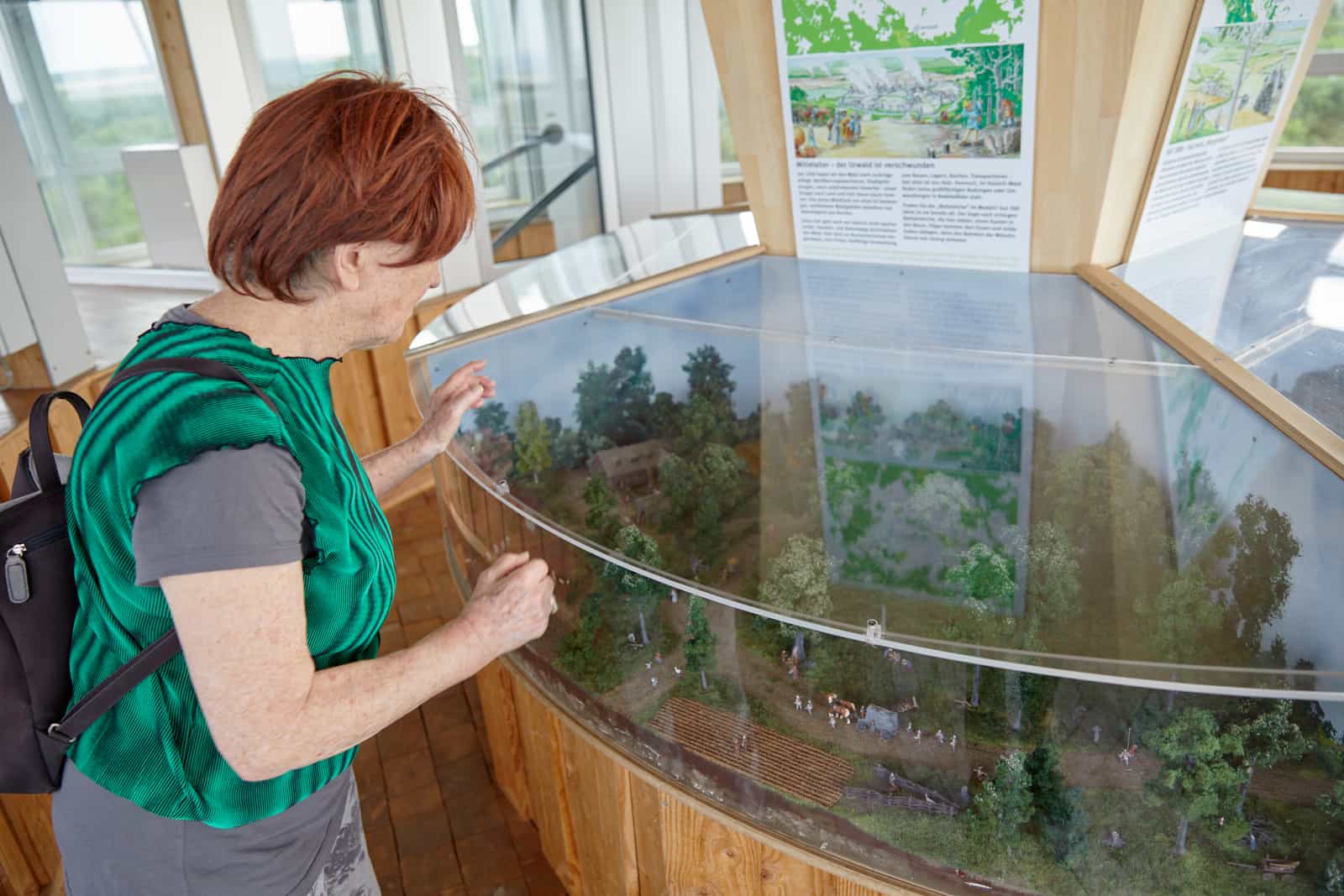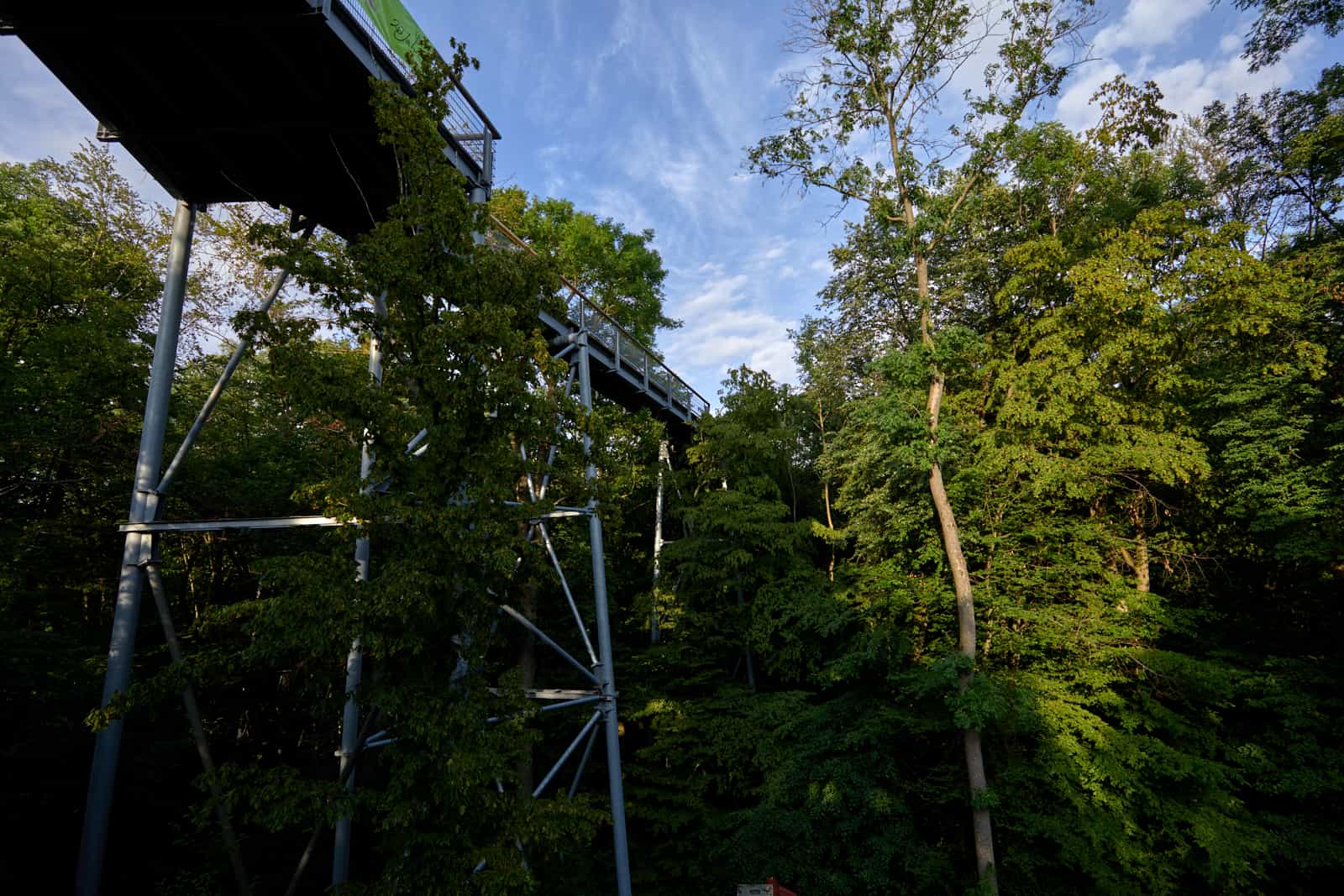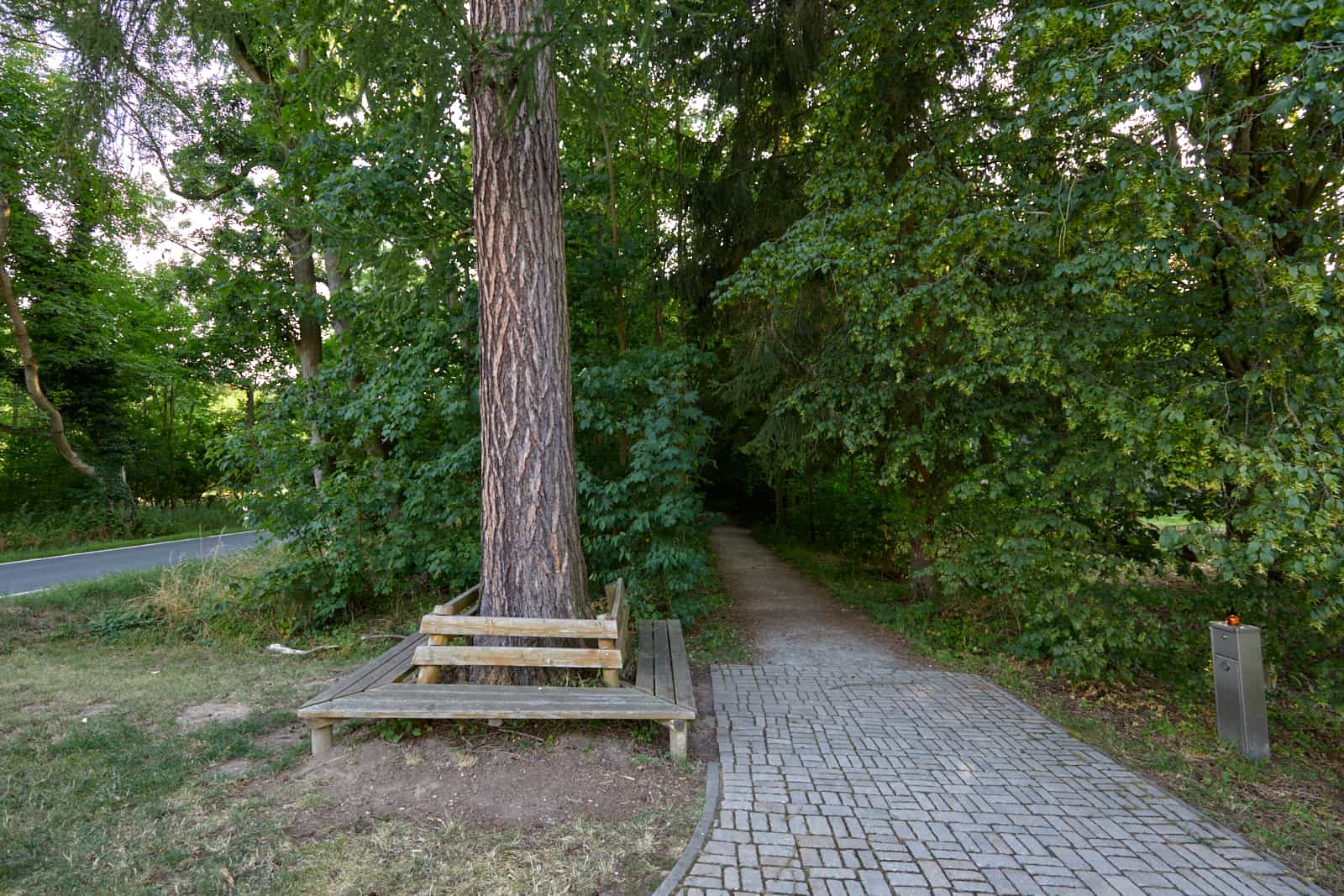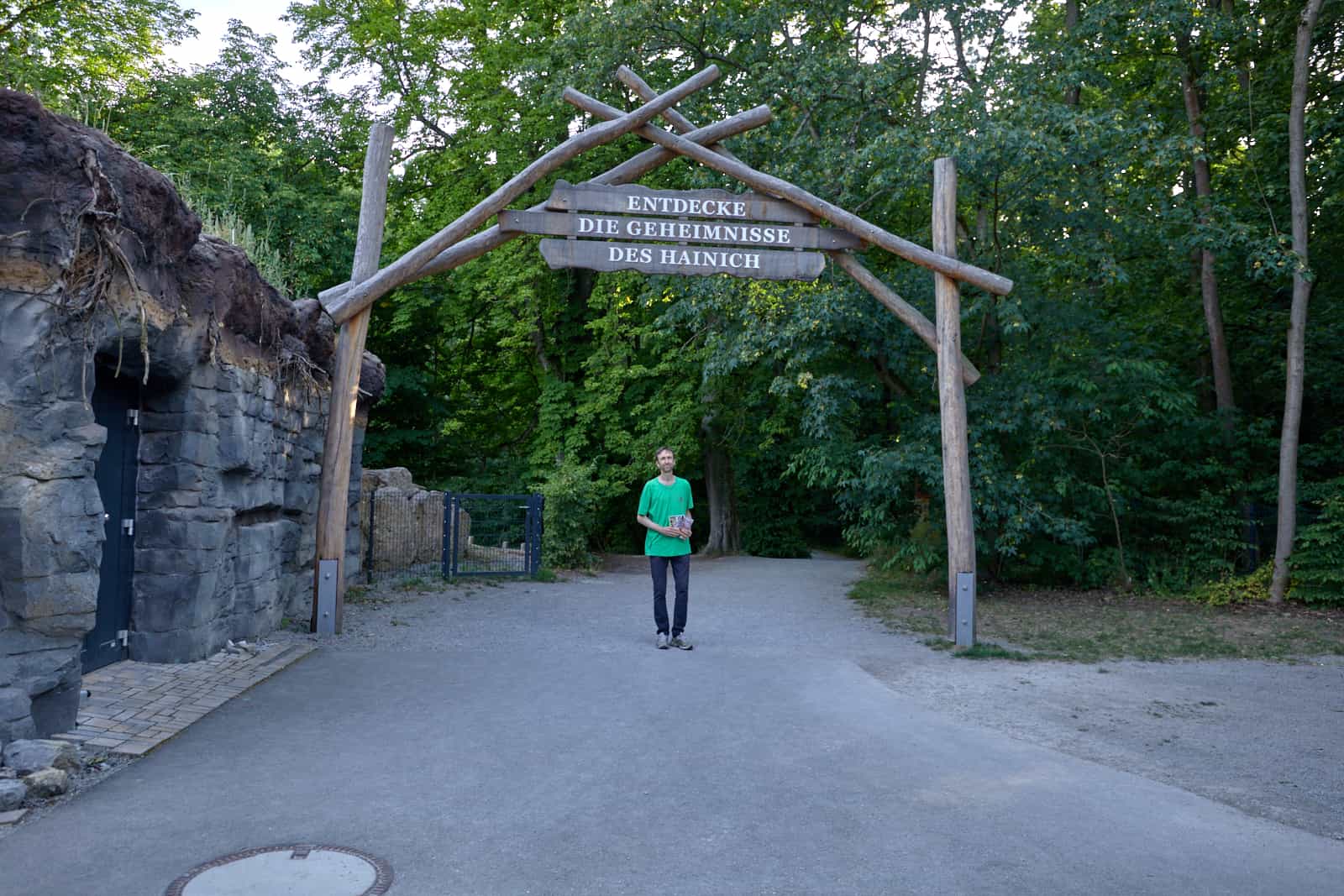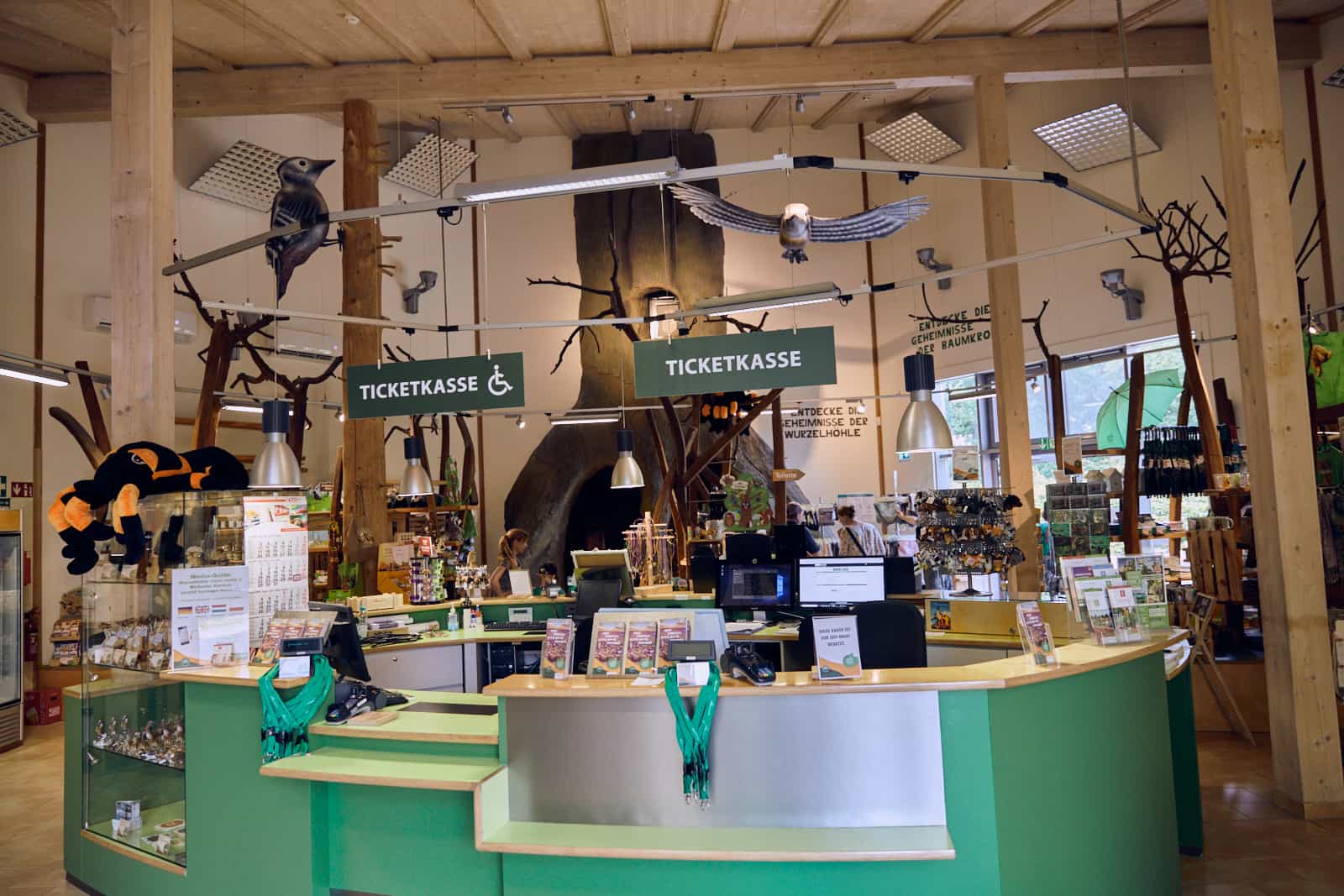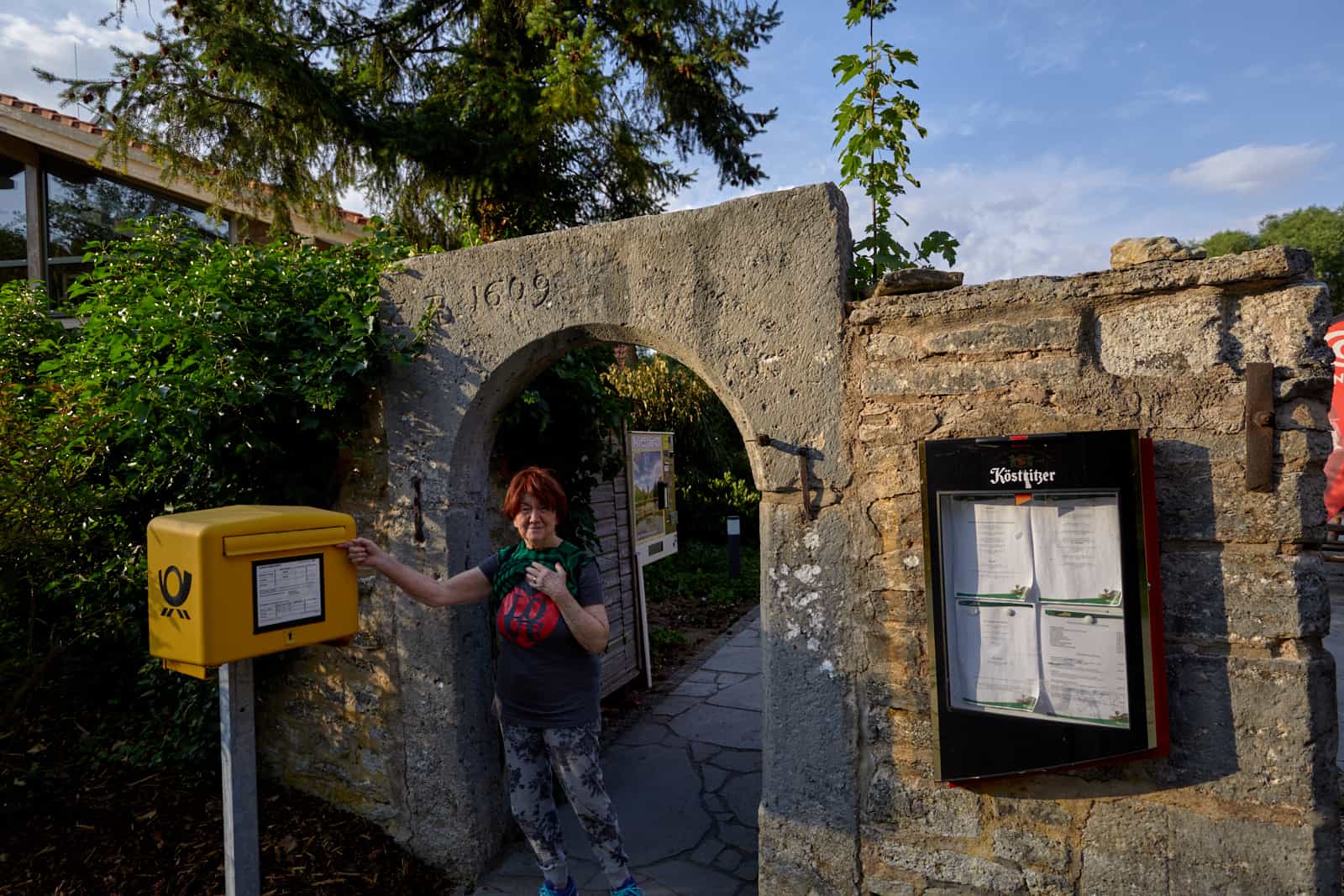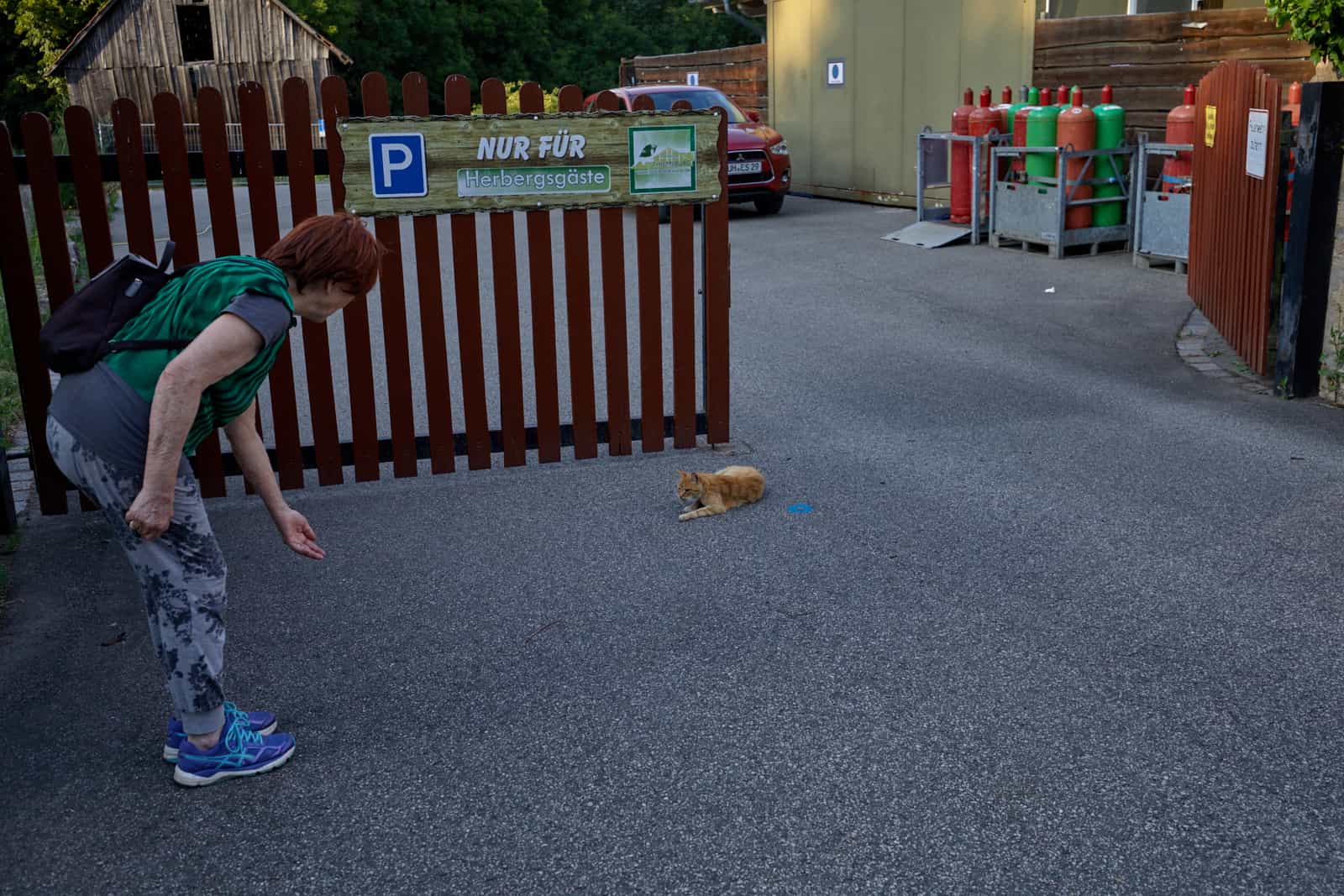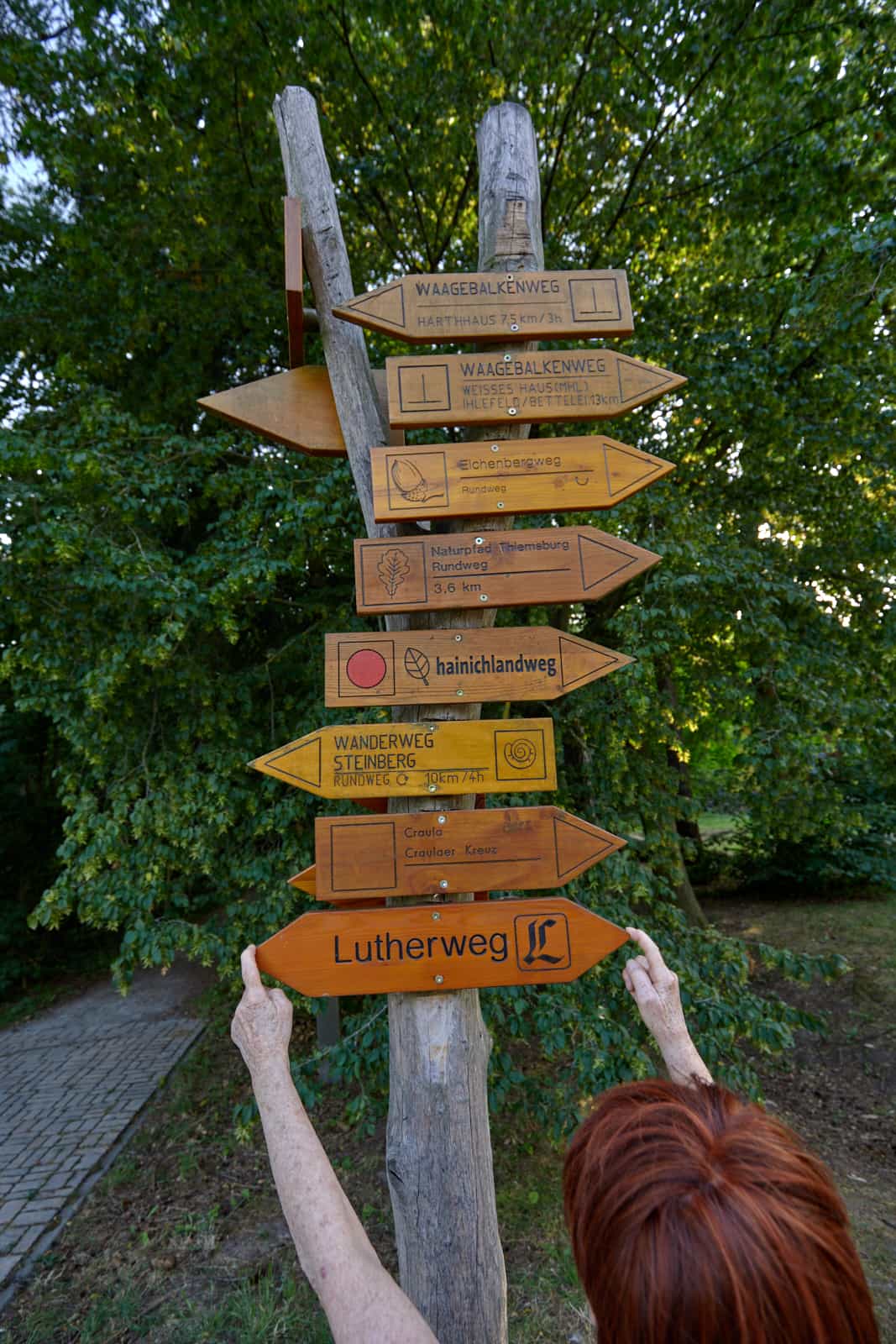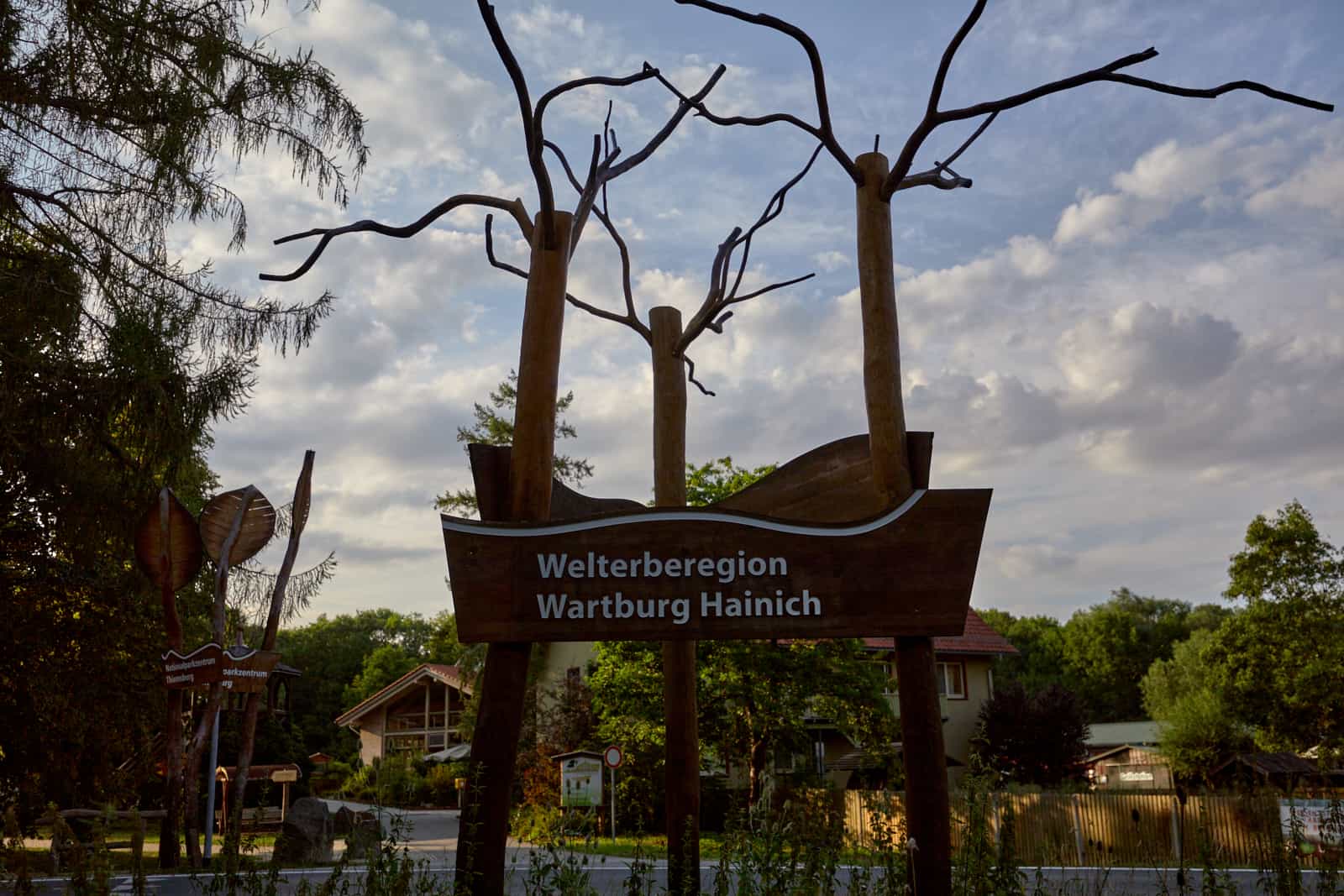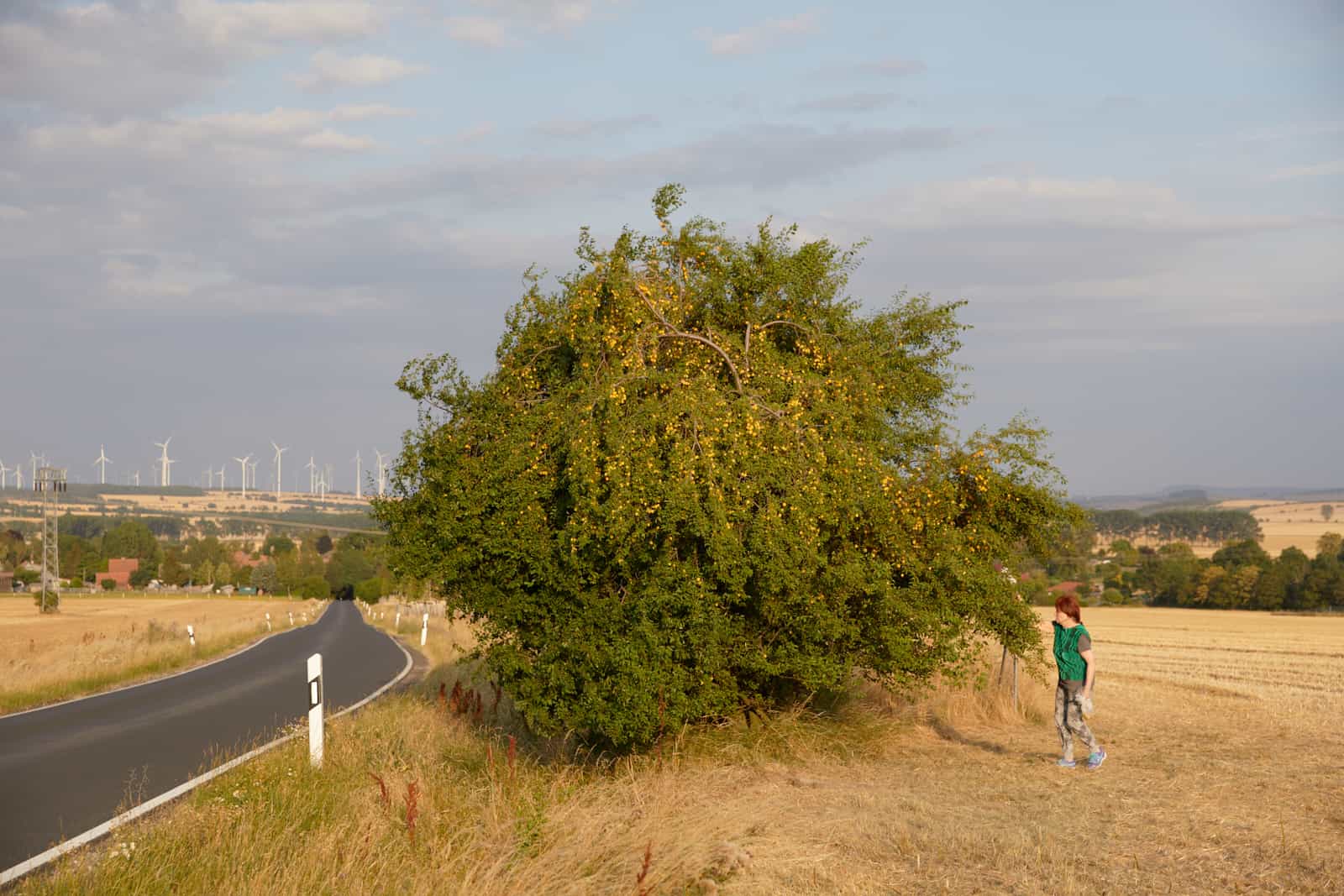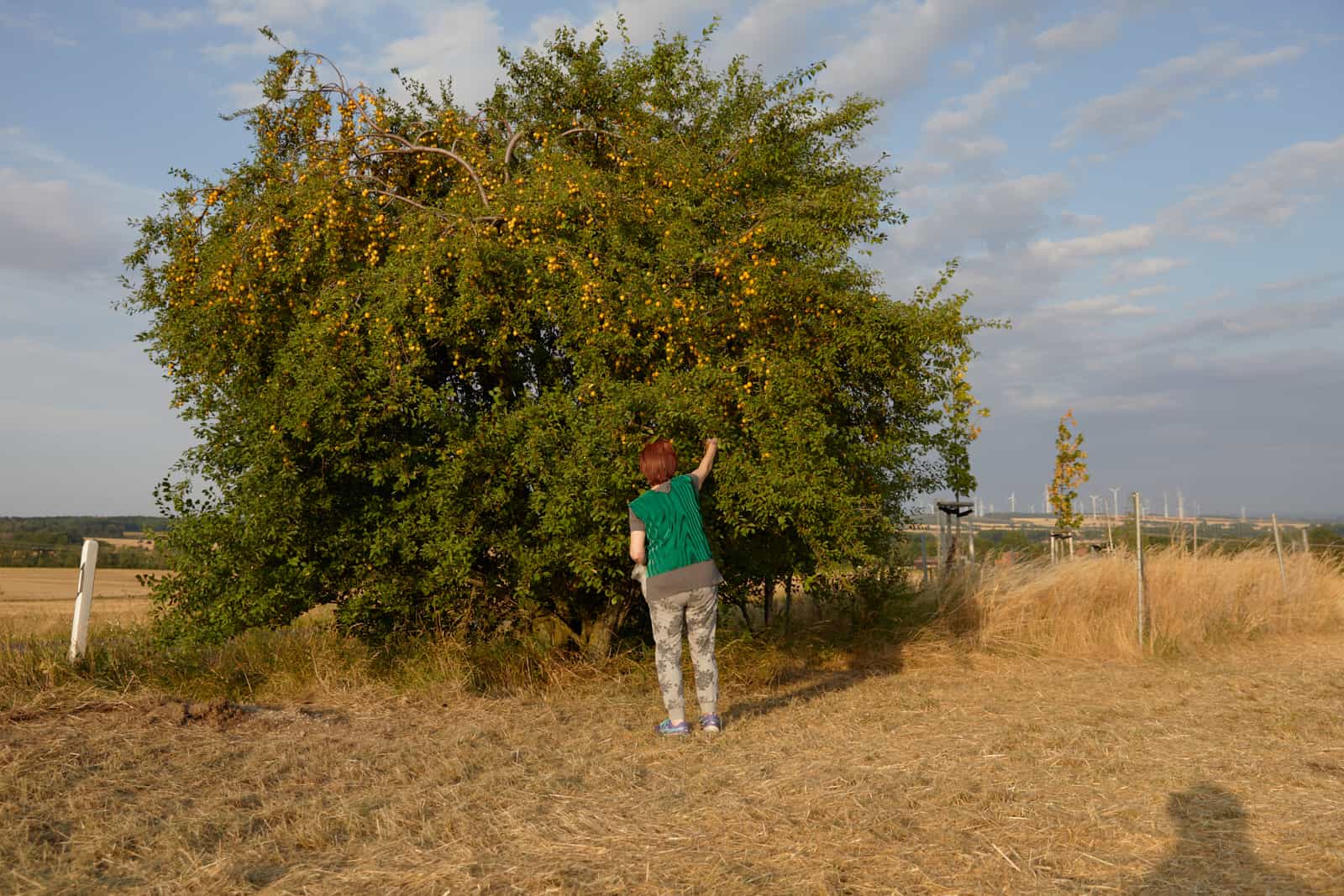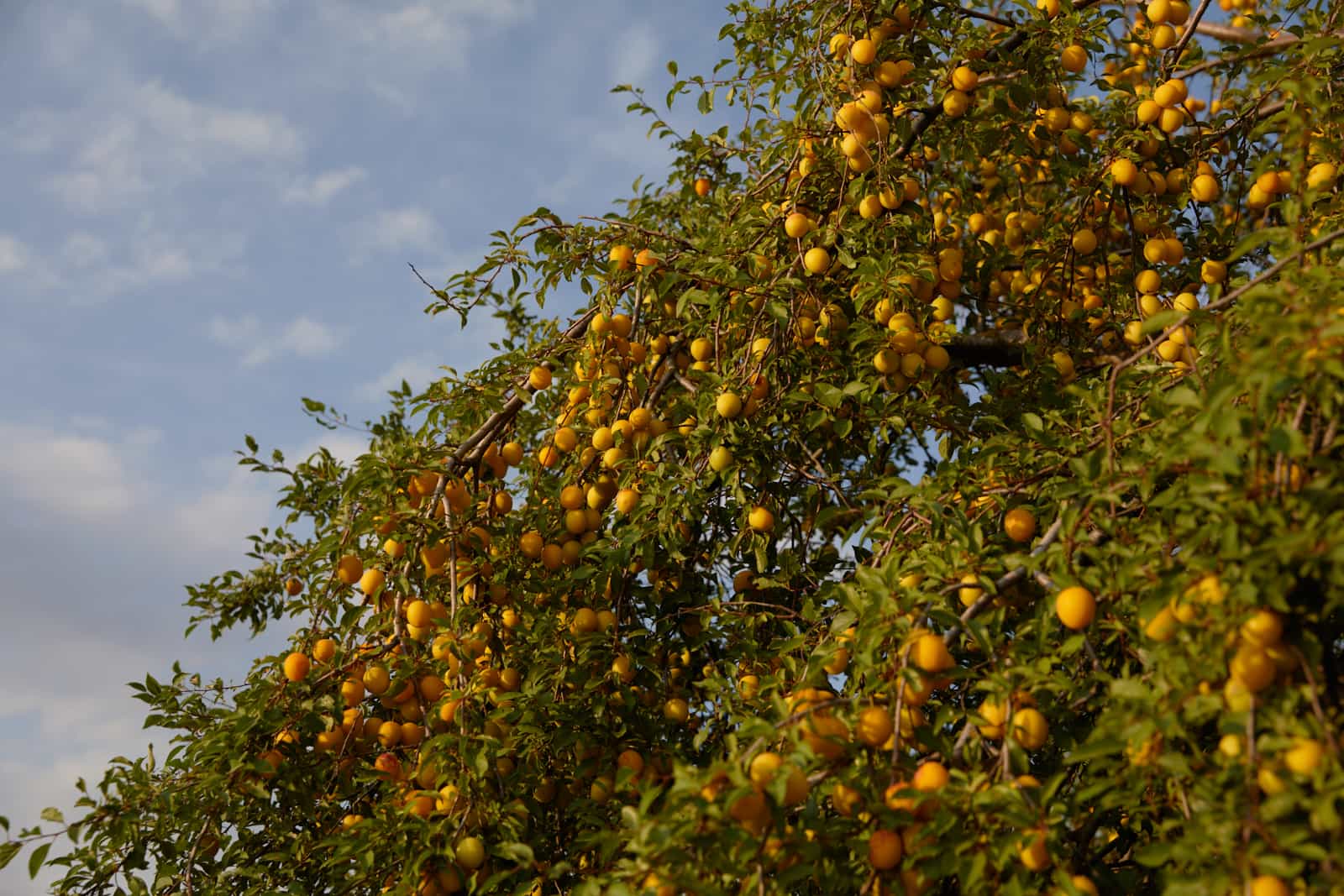Once a military exclusion zone Hainich is now one of the largest unbroken expanses of mixed deciduous forest in Europe.
Read my text about Hainich and old growth forests in Germany underneath the slideshow photos…
Fine art prints are available for sale (except for the portraits). The photographs are printed on the finest archival quality Hahnemühle baryta paper. The prints can be purchased by clicking on an image to open the slideshow and then by clicking on the cart symbol below the slide image. Please contact me for purchasing of digital image files for web or personal use at photo (at) chrisceder.com
Text in Swedish, English translation (Google translate) below
Väcka längtan till skogen
Nationalparken i Hainich, som ligger vid staden Eisenach i Thüringen, har årligen 350.000 besökare. Djupt inne i nationalparkens kärnzoner, där inga besökare får vistas av naturskyddsskäl, lever ett 50-tal europeiska vildkatter och andra sällsynta djur. Vildkatten kan man ändå få se i Hainich. I Vildkattsbyn Hütscheroda lever vildkatter i ett inhängnat skogsområde. En sju kilometer lång “vildkattsled” leder besökare runt med flera tillfällen att få se de skygga djuren. För barn och mindre uthålliga finns också en 1.5 kilometer lång snällare vandringsled med naturlekplatser längs vägen.
Jag tycker Sverige med all sin skog och natur skulle kunna och behöva göra så mycket mer för att stärka skogens ställning i vårt medvetande. Skogen är källan till liv, den helar och läker, både fysiskt och mentalt.
I Tyskland har man tagit fasta på skogens oerhörda värde. Landets stora satsning för att främja skogens status har inneburit dussintals barriärfria “Baumwipfelwege”, vägar som anlagts mitt ibland skogens trädkronor, där även rullstollsburna kan njuta av utsikten och fågelsången, stora besökscentrum i nationalparker och biosfärreservat, mängder med natursköna och spektakulära vandringsleder och påkostade kampanjfilmer för att väcka människors intresse och längtan till djupa orörda skogar:
En stor tillväxt av en hållbar och värdefull ekoturism skulle skänka många arbetstillfällen och på många håll kunna ersätta det oerhört destruktiva svenska skogsbruket som alarmerande snabbt håller på att ta död på den biologiska mångfalden i vårt land.
Bildandet av flera nya nationalparker och reservat som skedde i samband med den tyska återföreningen har inneburit en stor succé för naturens ställning hos tyskarna. Skog och natur är nu orden på mångas läppar. När fällningen av Hambacherskogen höll på att ske i höstas var uppmärksamheten enorm. Medierna rapporterade febrilt och hela landet höll andan innan en domstol beslutade att stoppa avverkningen. En stor opinionsundersökning visade att tre av fyra tyskar ville ha Hambacherskogen kvar och lika många ville ha ett snabbt stopp på kolkraftsindustrin, som var orsaken till att skogen skulle fällas.
Awakening the longing for the forest
The National Park in Hainich, located near the city of Eisenach in Thuringia, has 350,000 visitors annually. Deep inside the national park’s core zones, where no visitors are allowed to stay for nature conservation reasons, live about 50 European wild cats and other rare animals. The wild cat can still be seen in Hainich. In Wildcatsbyn Hütscheroda, wildcats live in a fenced forest area. A seven kilometer long “wildcat trail” leads visitors around with several opportunities to see the shy animals. For children and those with less endurance, there is also a 1.5 kilometer long gentler hiking trail with nature playgrounds along the way.
I think Sweden, with all its forests and nature, could and should do so much more to strengthen the forest’s position in our consciousness. The forest is the source of life, it heals and heals, both physically and mentally.
In Germany, they have taken notice of the enormous value of the forest. The country’s major investment in promoting the status of the forest has meant dozens of barrier-free “Baumwipfelwege”, roads built in the middle of the forest canopy, where even wheelchair users can enjoy the view and birdsong, large visitor centers in national parks and biosphere reserves, loads of scenic and spectacular hiking trails and lavish campaign films to arouse people’s interest and longing for deep untouched forests.
A large growth of a sustainable and valuable ecotourism would provide many job opportunities and in many places could replace the extremely destructive Swedish forestry which is alarmingly fast killing the biological diversity in our country.
The formation of several new national parks and reserves that took place in connection with the German reunification has meant a great success for the position of nature among the Germans. Forest and nature are now the words on many people’s lips. When the felling of the Hambach forest was taking place last autumn, the attention was enormous. The media reported feverishly and the whole country held its breath before a court decided to stop the logging. A large opinion poll showed that three out of four Germans wanted the Hambach Forest to remain and the same number wanted a quick stop to the coal power industry, which was the reason the forest was to be felled.
